
Tyrian purple
What color is Tyrian purple? What are the examples of Tyrian purple color in everyday life? What looks best in Tyrian purple? What strange or uncommon things can be of the Tyrian purple color? What does Tyrian purple represent? The Purple Revolution Shades of Destiny
What color is Tyrian purple?

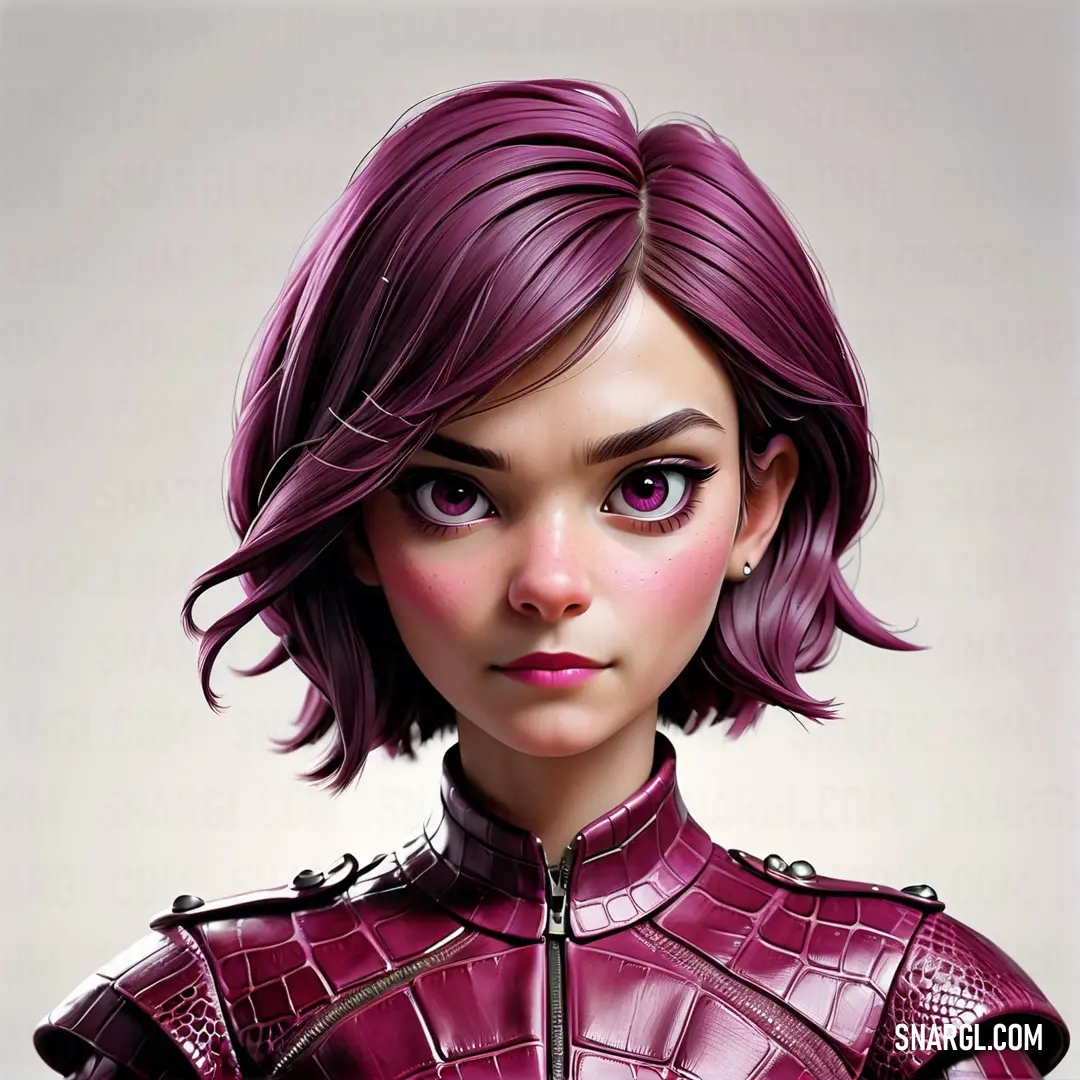

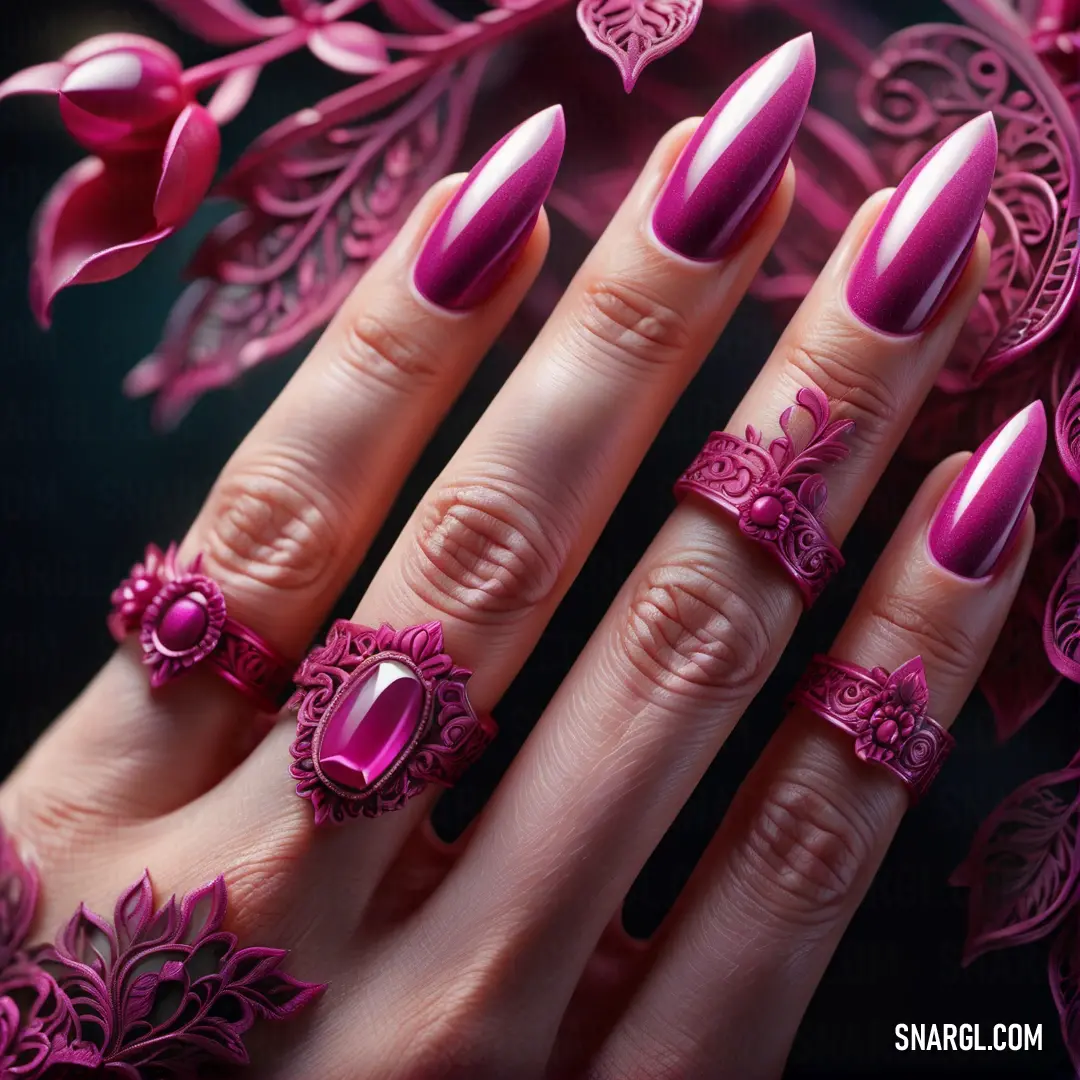
The name Tyrian refers to the ancient Phoenician city of Tyre, where the dye was produced and traded.
Tyrian purple was highly valued in antiquity because it did not fade, but rather became brighter with exposure to sunlight and weather.
It was also very expensive and labor-intensive to make, requiring tens of thousands of snails to dye a single garment.
Because of its rarity and cost, Tyrian purple became a symbol of royalty, power, and luxury in the ancient Mediterranean world.
Only the elite, such as priests, kings, emperors, and magistrates, could afford to wear purple clothes or accessories.
The dye was used by various civilizations, such as the Phoenicians, the Greeks, the Romans, the Byzantines, and the Persians, until the fall of Constantinople in 1453 AD.
Example of the palette with the Tyrian purple color
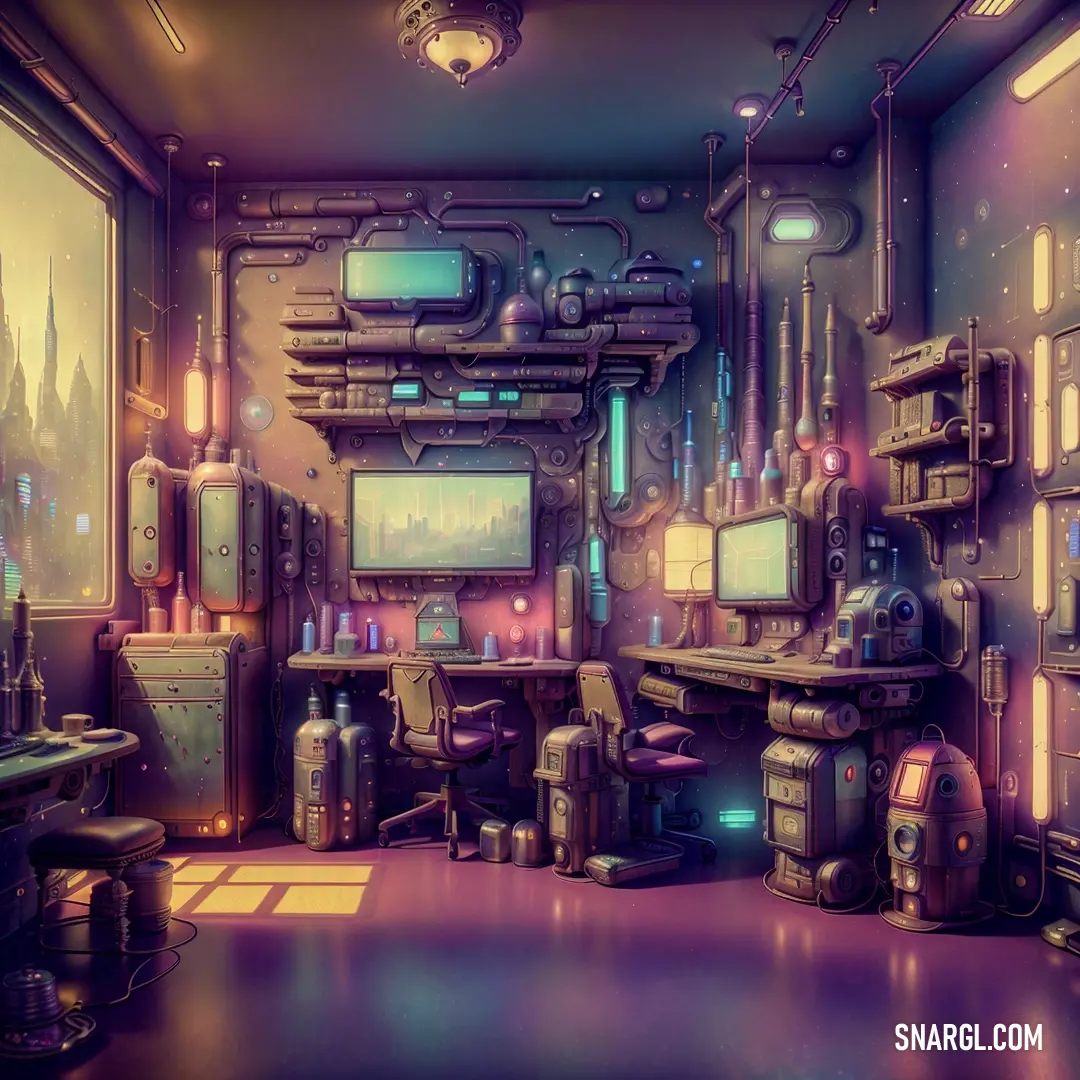
See these colors in NCS, PANTONE, RAL palettes...
Example of the palette with the Tyrian purple color
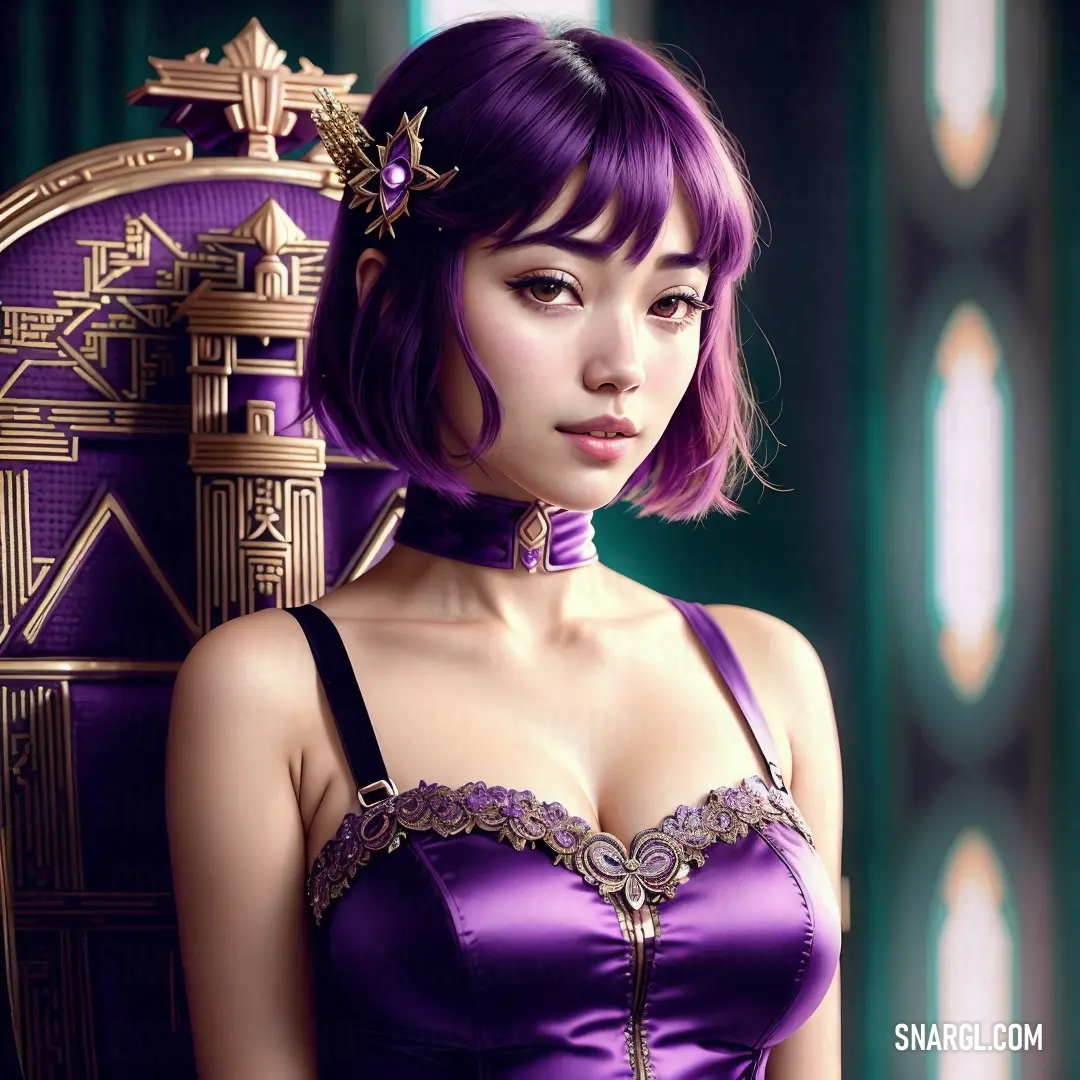
See these colors in NCS, PANTONE, RAL palettes...
Example of the palette with the Tyrian purple color

See these colors in NCS, PANTONE, RAL palettes...
Example of the palette with the Tyrian purple color

See these colors in NCS, PANTONE, RAL palettes...
What are the examples of Tyrian purple color in everyday life?
Example of the palette with the Tyrian purple color

See these colors in NCS, PANTONE, RAL palettes...
What looks best in Tyrian purple?
It was produced from the mucus of certain sea snails, which made it very expensive and rare.
Some items that look best in Tyrian purple are:
A toga or a cloak: In ancient Rome, only the emperor and his family were allowed to wear a solid Tyrian purple toga, while senators and magistrates wore a white toga with a purple stripe.
A toga or a cloak in Tyrian purple would convey a sense of authority and prestige, as well as elegance and sophistication.A dress or a suit: A dress or a suit in Tyrian purple would be a bold and stylish choice for a formal occasion, such as a wedding, a gala, or a business meeting.
Tyrian purple would complement different skin tones and hair colors, and create a striking contrast with lighter or darker accessories.A scarf or a tie: A scarf or a tie in Tyrian purple would be a subtle and classy way to add some color and flair to a neutral or monochrome outfit.
Tyrian purple would also match well with other colors, such as black, white, gray, navy, or gold.A painting or a sculpture: A painting or a sculpture in Tyrian purple would be a unique and artistic expression of creativity and originality.
Tyrian purple would draw attention and admiration, as well as evoke emotions and meanings.
Tyrian purple would also enhance the texture and depth of the artwork.
Example of the palette with the Tyrian purple color
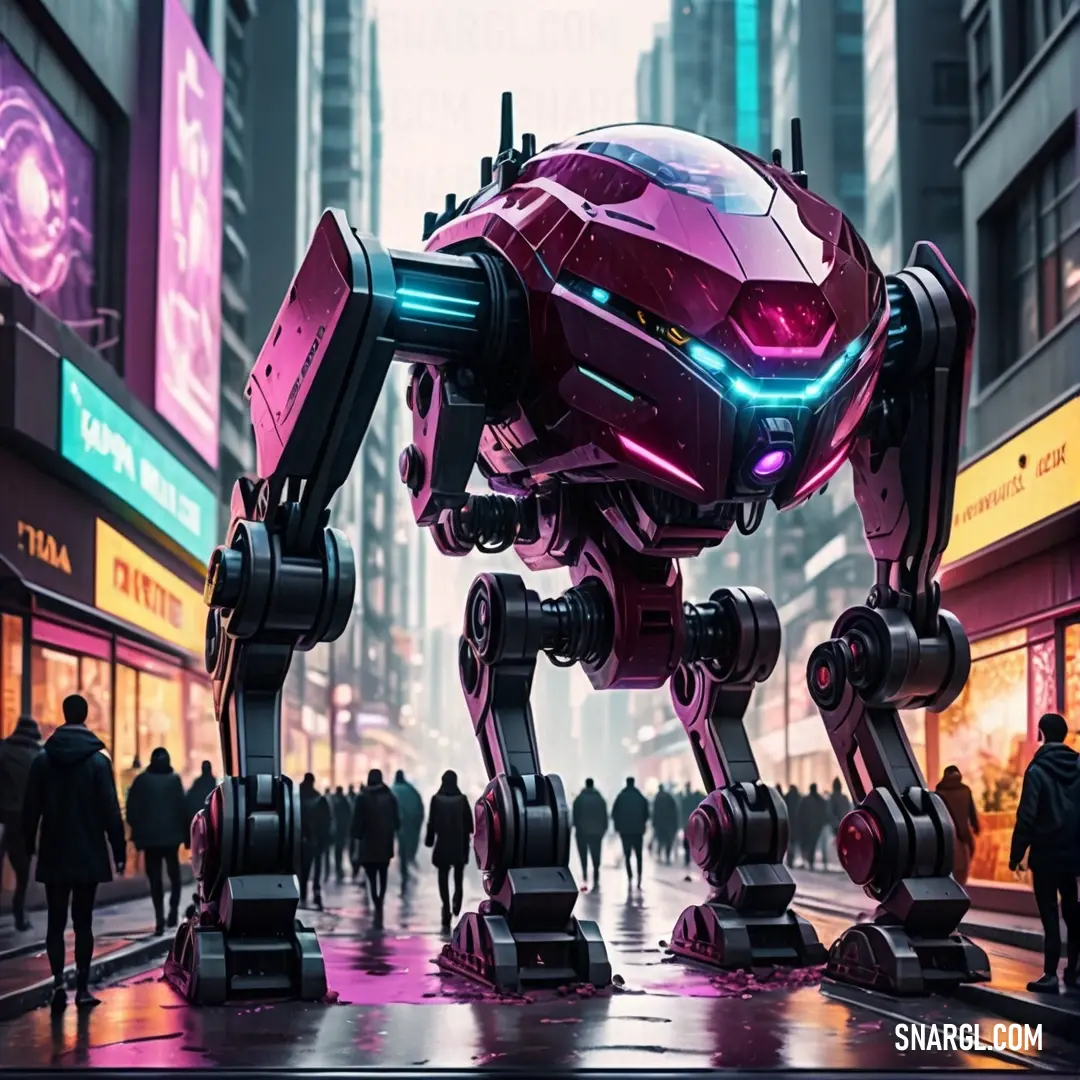
See these colors in NCS, PANTONE, RAL palettes...
Example of the palette with the Tyrian purple color

See these colors in NCS, PANTONE, RAL palettes...
What strange or uncommon things can be of the Tyrian purple color?
Example of the palette with the Tyrian purple color
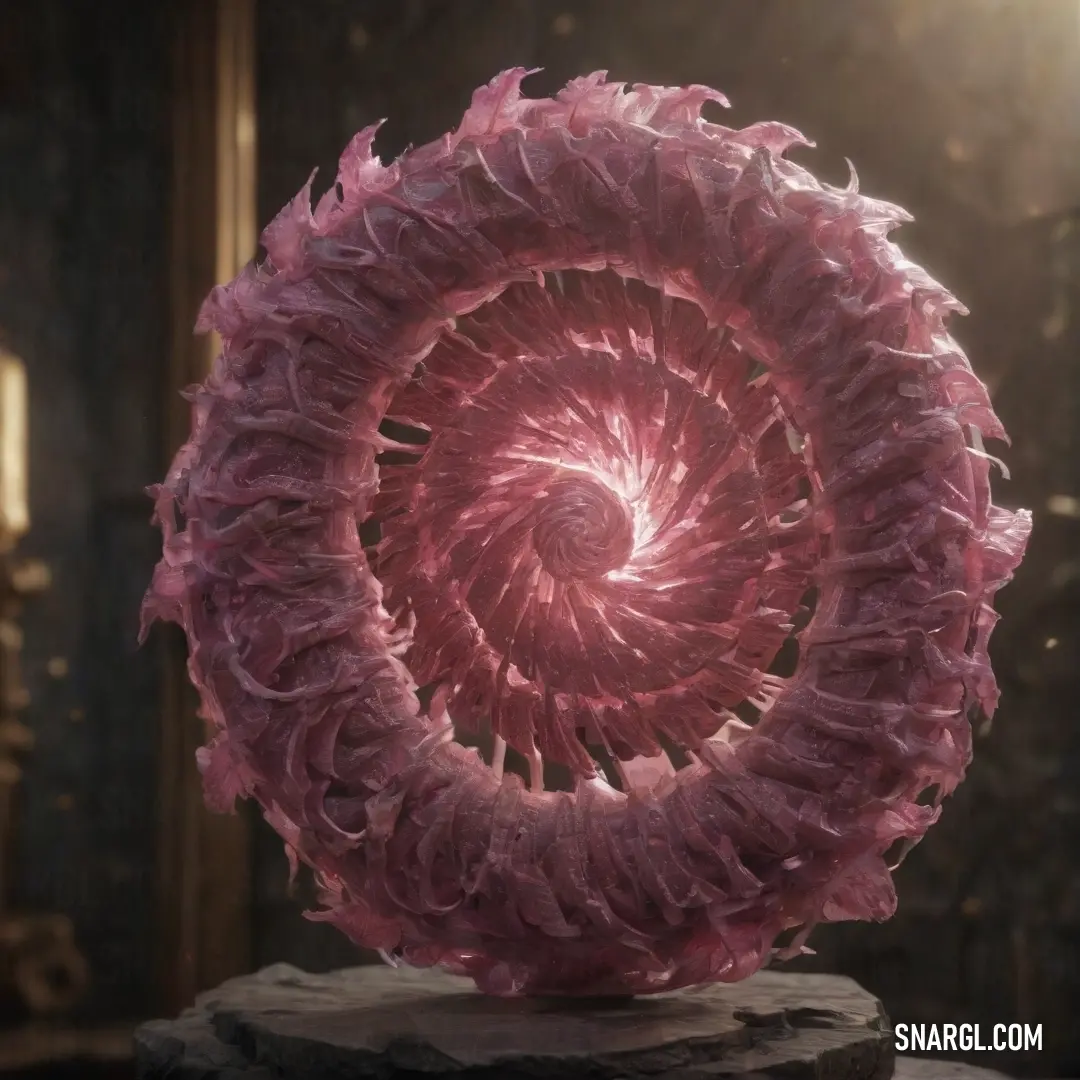
See these colors in NCS, PANTONE, RAL palettes...
What does Tyrian purple represent?
Example of the palette with the Tyrian purple color
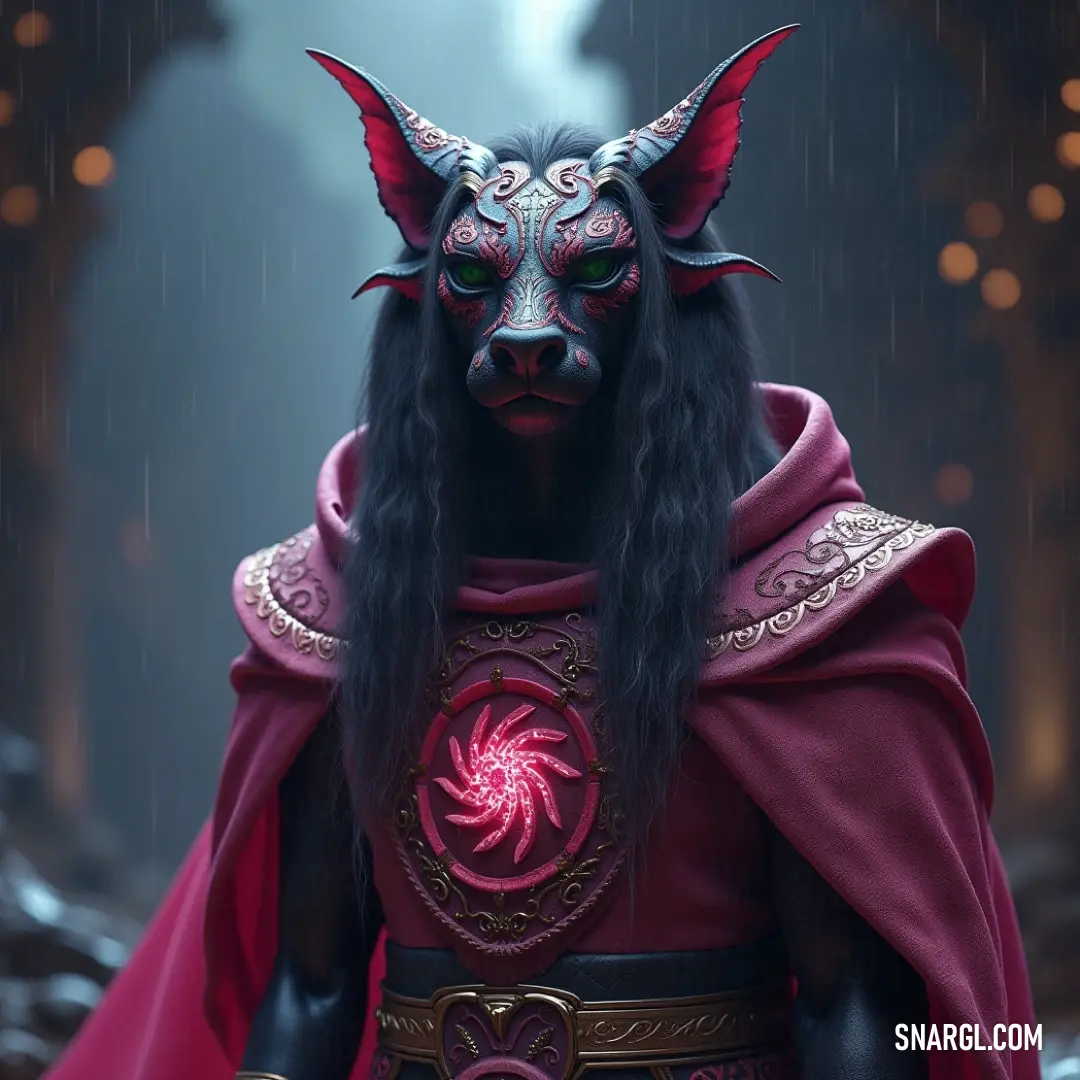
See these colors in NCS, PANTONE, RAL palettes...
The Purple Revolution
Marc had always been fascinated by the stories of ancient civilizations. His small apartment was filled with books and artifacts, each telling a tale of a bygone era. One evening, while flipping through an old manuscript, he stumbled upon a reference to Tyrian purple, a dye so rare and valuable that it was once worth its weight in gold. Intrigued, Marc decided to delve deeper into its history.
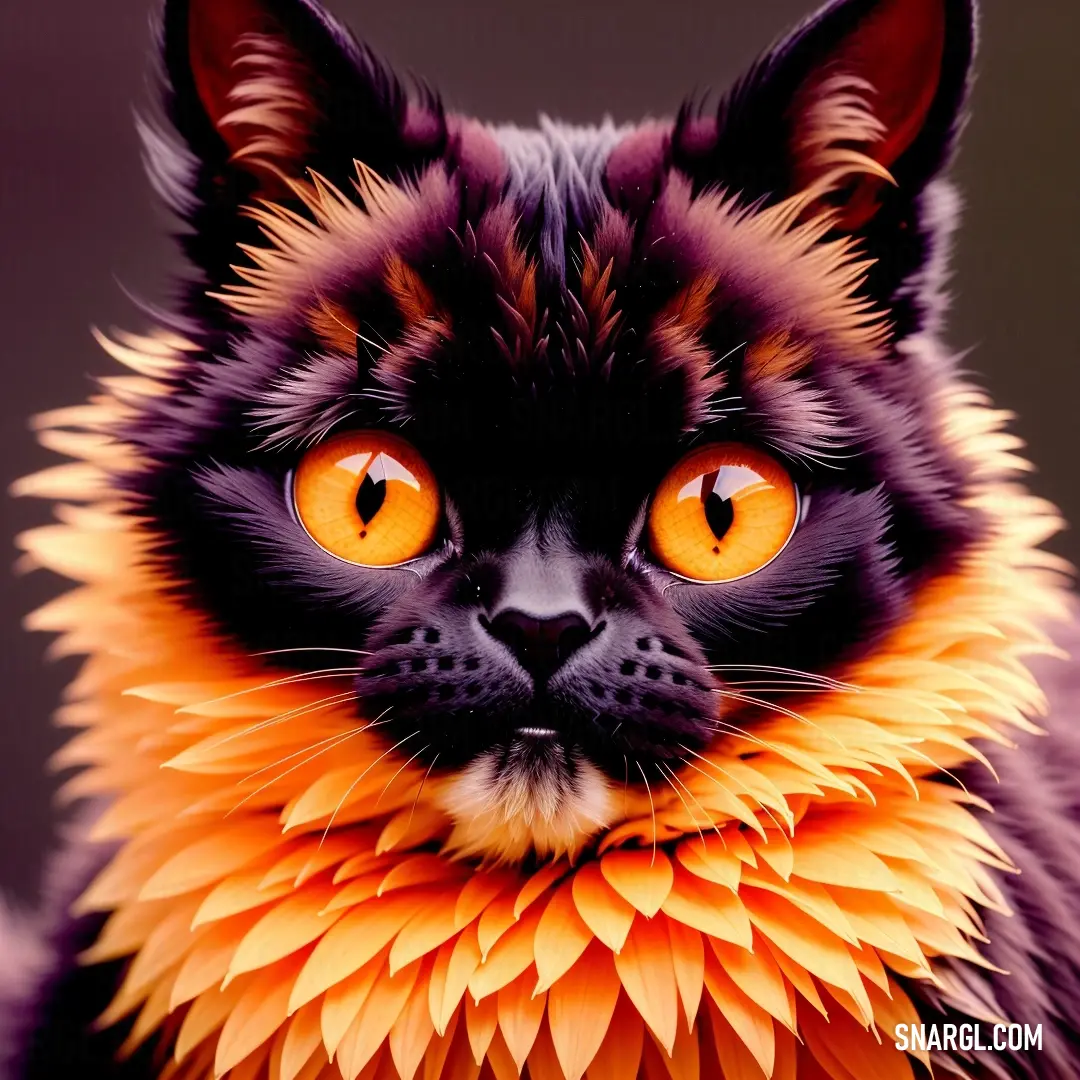
Meanwhile, Maximilian was preparing for the biggest fashion show of the year. As he walked the streets of Milan, he couldn't help but notice the same repetitive patterns and colors in the fashion world. He longed for something unique, something that would set him apart from the rest. Little did he know, his path was about to cross with Marc's in the most unexpected way.
One fateful day, Maximilian's luxury car broke down near Marc's workshop. Frustrated and running late for a fitting, he reluctantly walked into the garage. Marc, with his grease-stained hands and warm smile, assured him that the car would be fixed in no time. As they waited, the two struck up a conversation. Marc's enthusiasm for history was contagious, and Maximilian found himself captivated by the story of Tyrian purple.
"Imagine," Marc said, his eyes gleaming, "a color so vibrant and rare that only the wealthiest could afford it. It was made from the secretions of sea snails, and the process was so labor-intensive that it became a symbol of power and prestige."
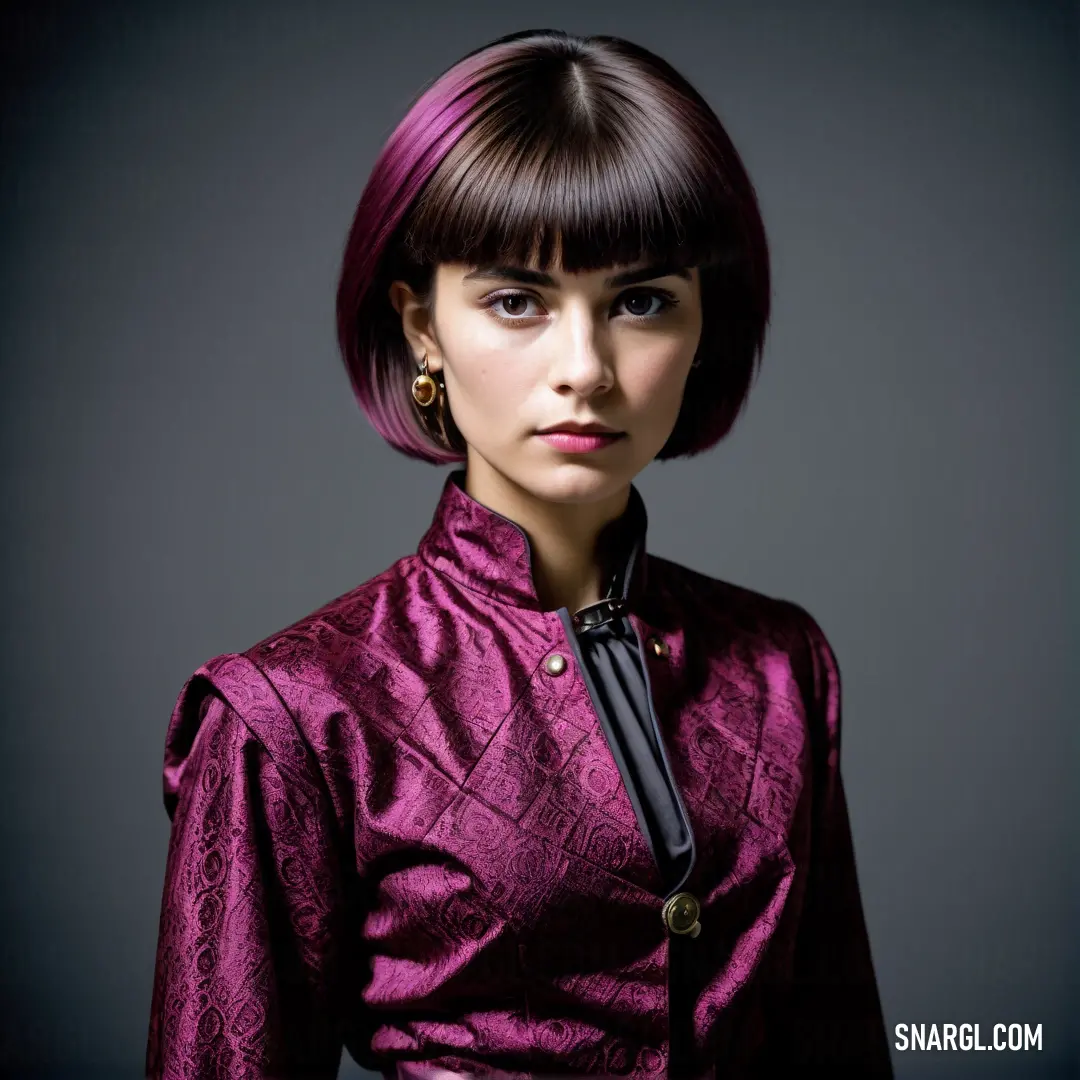
Maximilian's mind raced with possibilities. "What if we could bring this color back into the world of fashion?" he mused aloud. Marc's eyes widened with excitement. "It would be revolutionary," he agreed.
Determined to make their vision a reality, the two embarked on a quest to recreate Tyrian purple. They traveled to the Mediterranean coast, where the ancient Murex snails were once harvested. With the help of local experts, they learned the painstaking process of extracting the dye. It was a labor of love, but the results were breathtaking. The rich, deep purple hue was unlike anything seen in modern fashion.

Back in Milan, Maximilian presented their creation to the fashion world. The response was overwhelming. Designers clamored to incorporate the rare dye into their collections, and Tyrian purple became the talk of the town. Marc and Maximilian's collaboration was hailed as a groundbreaking fusion of history and haute couture.
As the fashion show approached, Maximilian donned a stunning Tyrian purple ensemble, designed by the city's top couturier. The audience gasped in awe as he walked the runway, the vibrant color shimmering under the lights. It was a moment of triumph, not just for Maximilian, but for Marc as well. Their unlikely partnership had brought a piece of history back to life, and in doing so, they had forever changed the landscape of high fashion.
The Purple Revolution had begun, and the world would never be the same.
Shades of Destiny
One fateful afternoon, while waiting for a pickup service outside a luxurious boutique, Marc caught a glimpse of Maximilian Gonzalez. Strutting down the sidewalk, the top model's confidence radiated through his every move. His outfit, a cascade of flowing fabrics dyed in the most vibrant Tyrian purple, left Marc breathless. It was as if the color itself breathed life into the mundane surroundings.
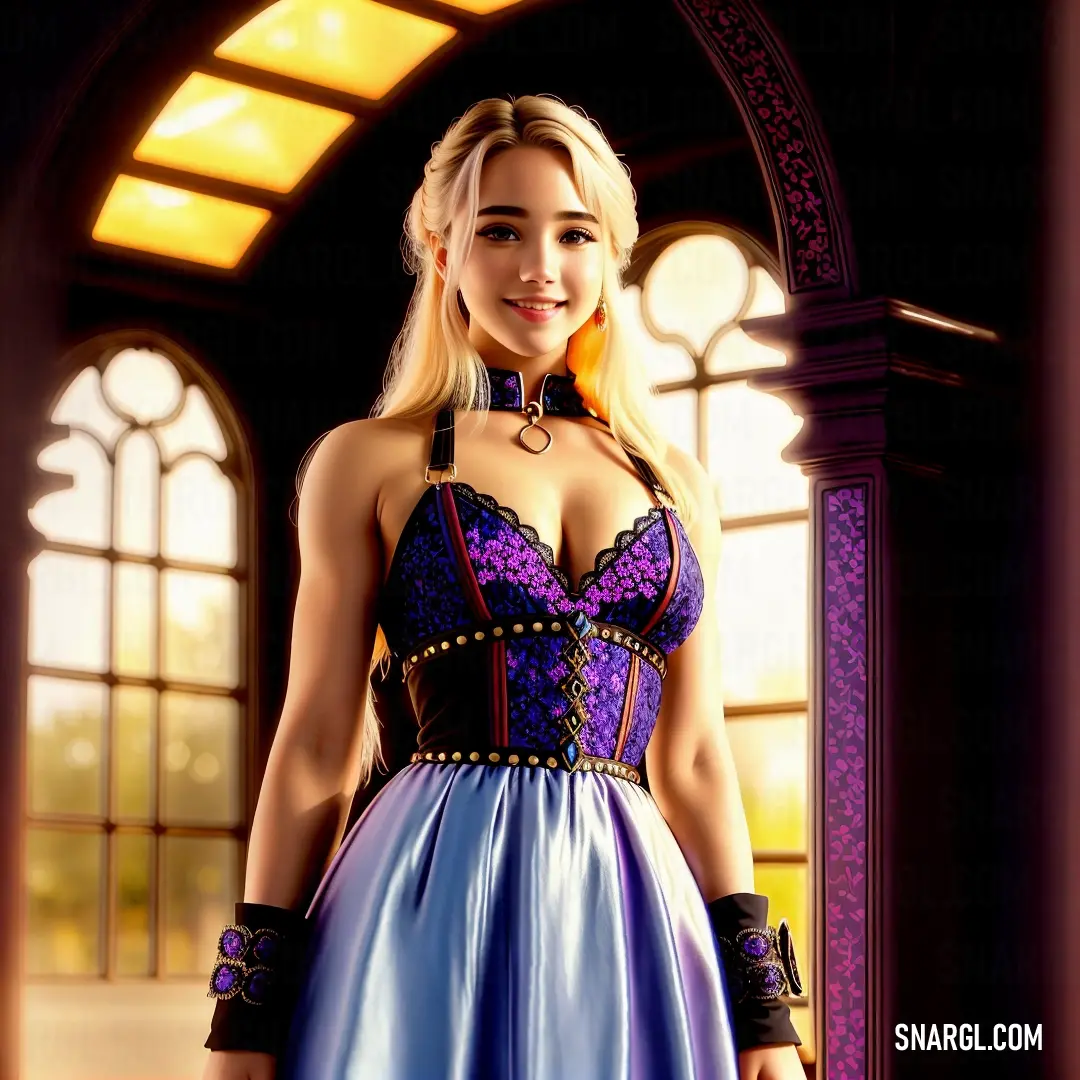
Marc couldn't help but rave about the color to the model as he assisted him into the waiting car, a sleek black sedan. To Marc's surprise, Maximilian was engaging and warm, not the aloof figure he had imagined. "This purple? It's not just a color; it's a legacy," Maximilian said. Their conversation flowed effortlessly, revealing a mutual fascination with the art of color and its emotional resonance. Lost in their exchange, Marc felt a spark of creativity ignite within him.
As their paths intertwined in the following days, Marc learned that Maximilian was preparing for a crucial runway show featuring Viktor Reyes' new collection, one that paid homage to the deep, rich hues of Tyrian purple. When Maximilian mentioned the scarcity of the dye, a lightbulb went off in Marc's head. This was more than just a color; it was a deep sea of cultural history that marshaled the past into the future.
Weeks passed, and Marc decided to embark on a journey to uncover the meaning embedded within Tyrian purple. His research took him to local museums and libraries, where he discovered the story of ancient Phoenicians who had risked everything to extract this precious dye from mollusks. Inspired, Marc concocted an idea: why not create a modern representation of the color by blending sustainable materials to replicate the hue while honoring its history? He envisioned a sustainable clothing line that would stand as a bridge between centuries.
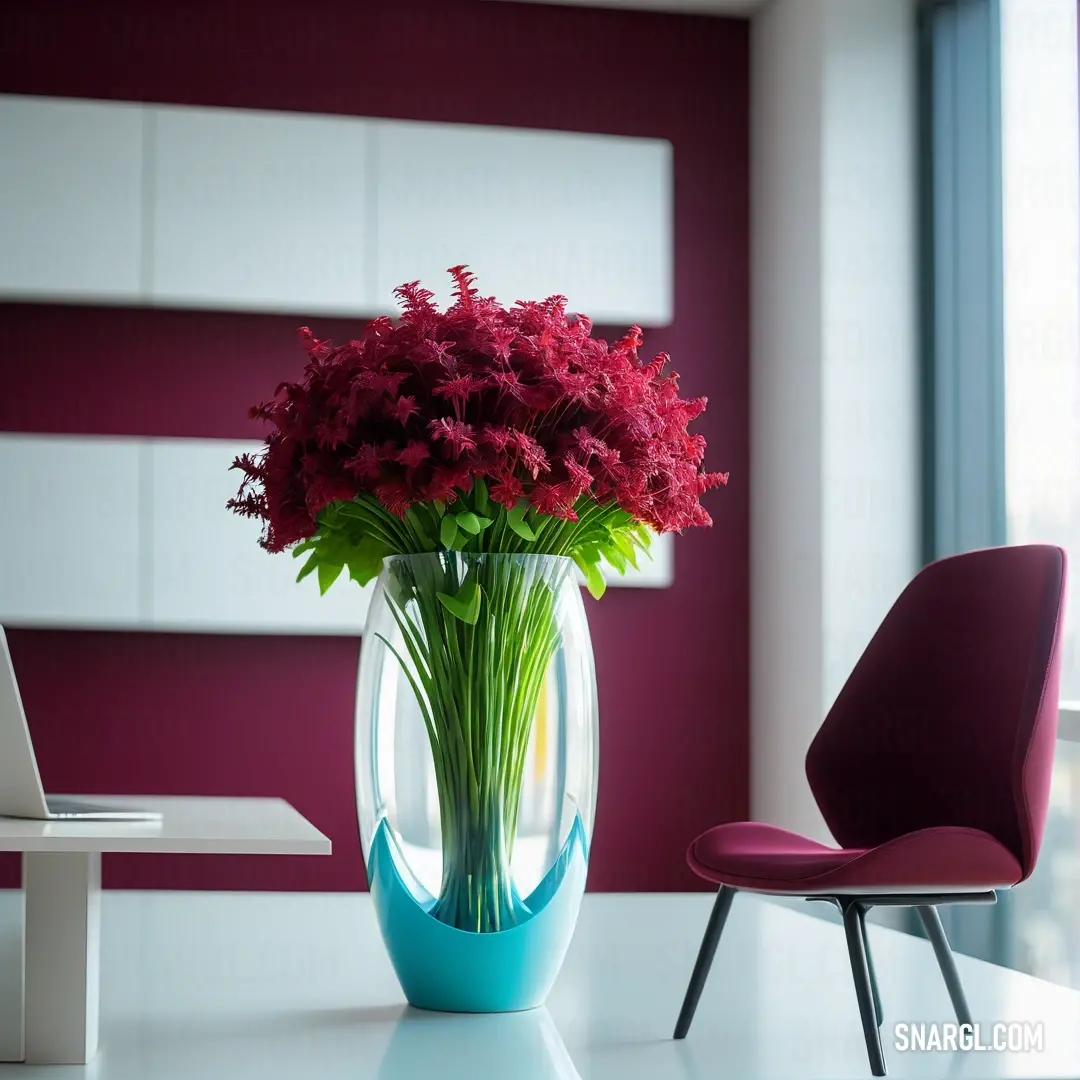
In a serendipitous turn, Maximilian caught wind of Marc's endeavor. During a casual dinner shared between them, he learned about Marc's concept and was immediately intrigued. He offered to wear one of Marc's creations during the runway show, elevating the budding designer's vision to a platform that could define careers. Together, they began to sketch, fabric swatches scattering across the table as they merged Marc's knowledge with Maximilian's charisma and influence.
The day of the runway show arrived, the venue packed with industry elites and media moguls ready to witness the magic of Viktor Reyes' latest collection. Marc, accompanying Maximilian backstage, felt the electricity in the air. When it was finally time, Maximilian stepped onto the runway draped in a garment dyed with Marc's carefully crafted replica of Tyrian purple, a stunning marriage of past and present.
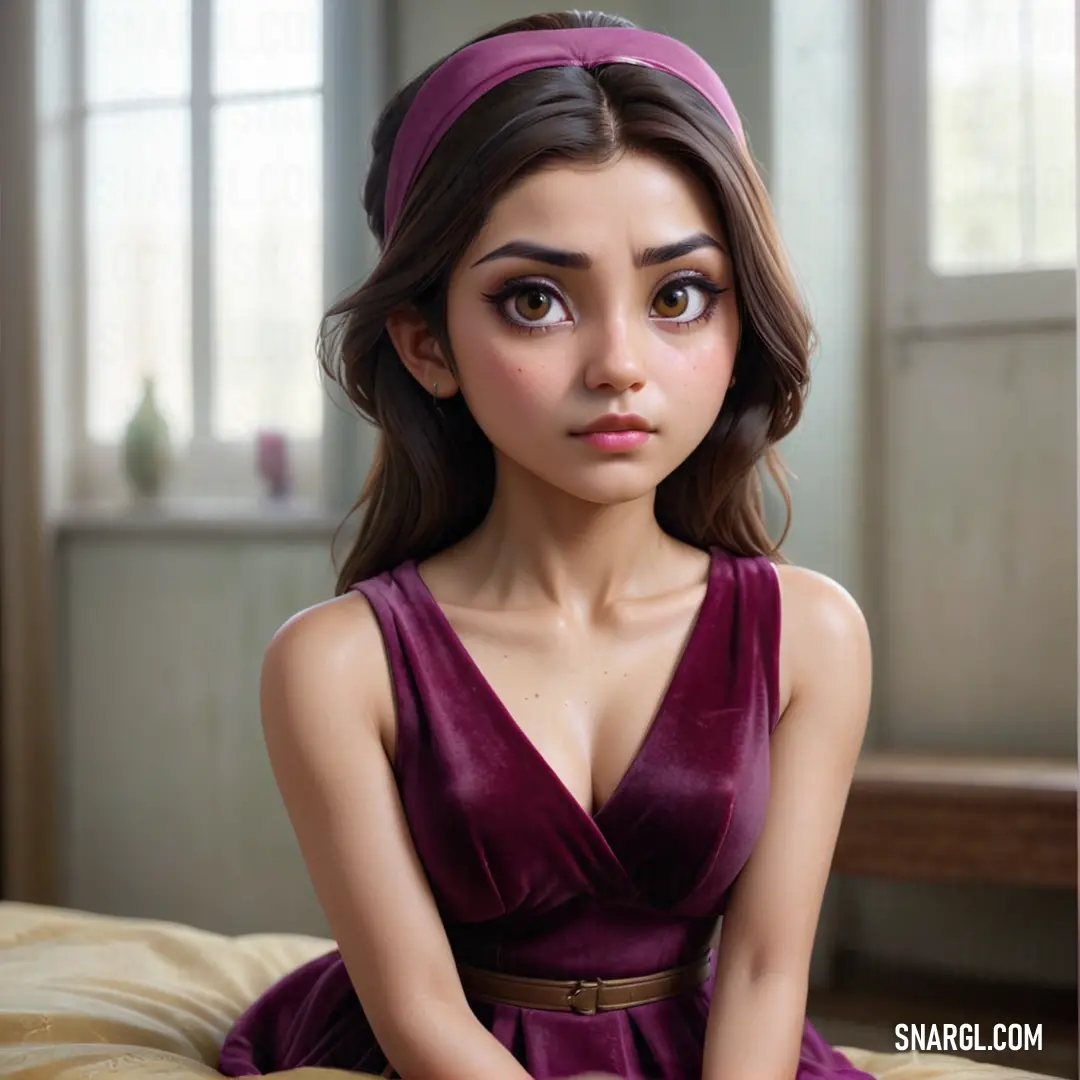
As the lights dimmed and the spotlight ignited, the audience was ablaze with excitement. The rich, purple fabric caught the light in an otherworldly way, echoing the vibrant legacy of its ancient origins while presenting a fresh narrative of sustainable fashion. Murmurs of appreciation rippled through the crowd - this was not just a model strutting down the stage; this was a movement toward ethical beauty, showcasing that fashion could evolve without losing its soul.
As the final applause echoed, Marc felt the rush of adrenaline. He had transformed dreams into reality, igniting a rippling wave within the fashion world that transcended mere visual appeal. Maximilian sought him out backstage, their smiles illuminating the chaos. "We did it!" he exclaimed, throwing his arms around Marc in an embrace of victory.
The duo had not only made a splash on the runway but ignited conversations about heritage and responsibility in fashion. As they stood together, the profound power of color became evident - the shade of Tyrian purple resonated far beyond its surface, embodying dreams, hard work, and an embrace of the past while reaching confidently toward the future. Their story, bound in the threads of rich fabric, celebrated the journey of two unlikely heroes daring to redefine high fashion.
Persian plum is a color name that refers to a dark red hue with a hint of purple.
It is also known as prune, which is the French word for plum.
The color is inspired by the appearance of dried plums, or prunes, which have a deep reddish-brown color.
Persian plum has a hexadecimal color code...
Read: Persian plum
Read: Tyrian Purple: The Luxurious Legacy of Persian Plum
Read: Exploring the Essence of Purple: A Deep Dive into the Color Amethyst
Read: Exploring the Beauty and Significance of Purple Color: A Deep Dive into Dark Violet Shades
Read: Exploring the Vibrant Essence of Purple Color: A Deep Dive into Its Significance and Influence
Read: The Allure of Purple: Exploring the Mystique of the Color Purple
Read: The Symbolism and Significance of the Color Violet: A Deep Dive into Purple Color
Read: Purple Color: The Allure and Significance of Violet-Eggplant Tones
Read: The Allure of Purple: Exploring the Depths of this Enchanting Color
Read: Explore the Allure of Purple Color: Meaning, Symbolism, and Usage
Read: Bright Lavender: The Allure and Meaning of Purple Color
Read: Bright Ube: Exploring the Allure of Purple Color
Read: Brilliant Lavender: Exploring the Depths of Purple Color
Read: Exploring the Allure of Dark Magenta and Its Connection to Purple Color
Read: The Allure of Dark Pastel Purple: Exploring the Beauty of Purple Color
Read: Pastel Purple: Exploring the Essence and Beauty of Purple Color
Read: Exploring the Allure of Pastel Violet: Deconstructing the Purple Color Trend
Read: The Allure of Purple: Exploring Persian Plum and Its Impact on Color Perception
Read: The Psychedelic Allure of Purple: Exploring the Purple Color Phenomenon
Read: The Allure of Purple: Exploring the Beauty and Symbolism of the Color Purple

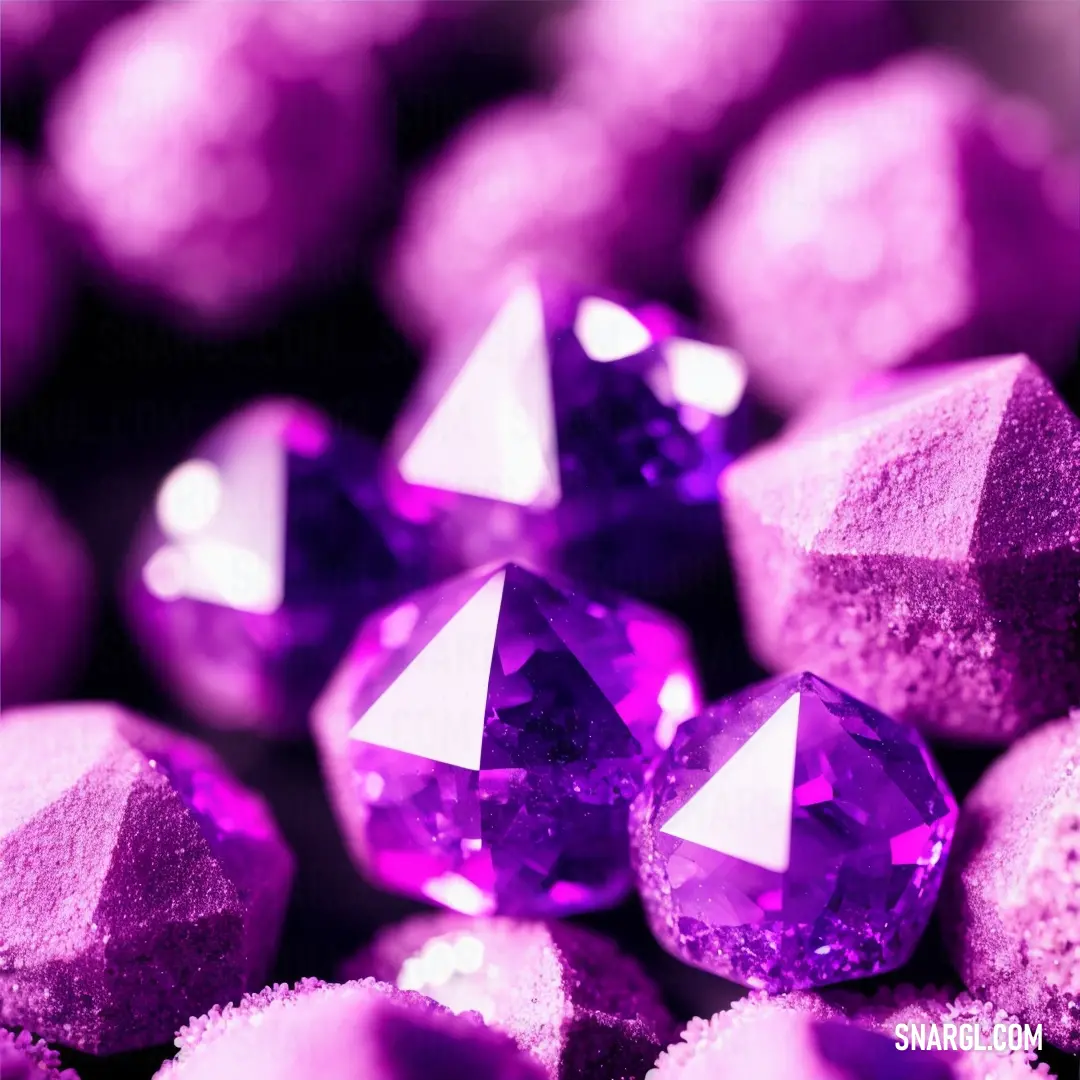
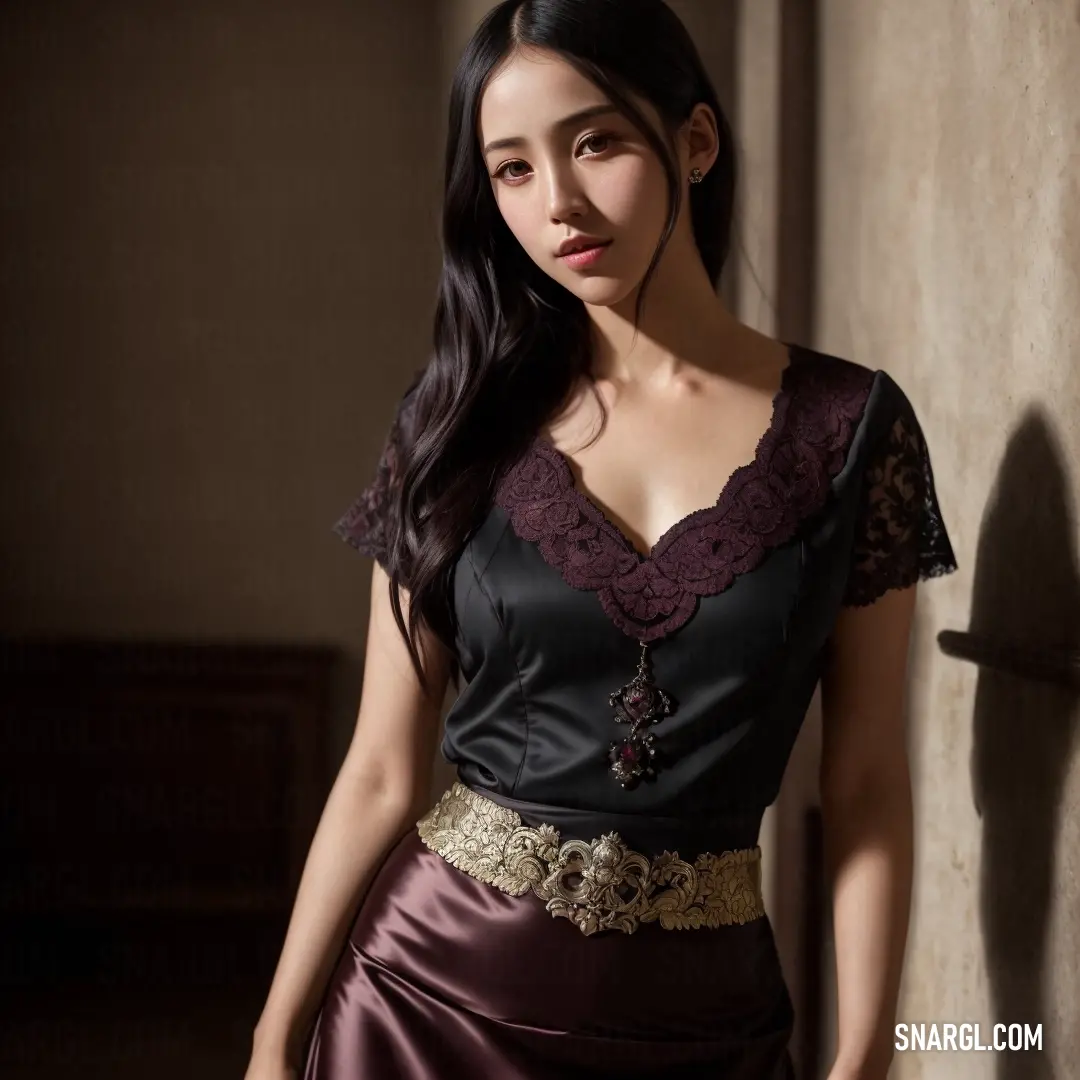
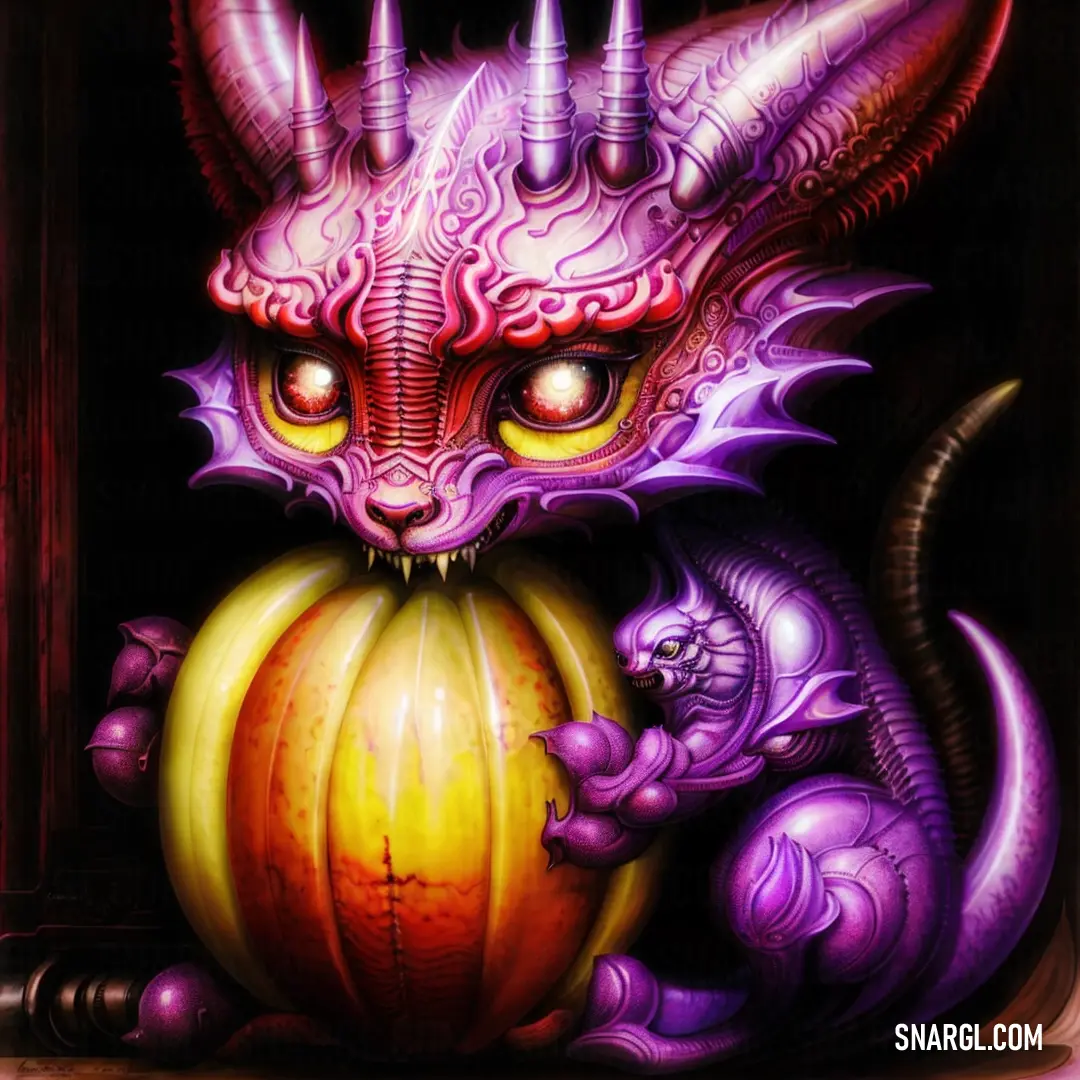
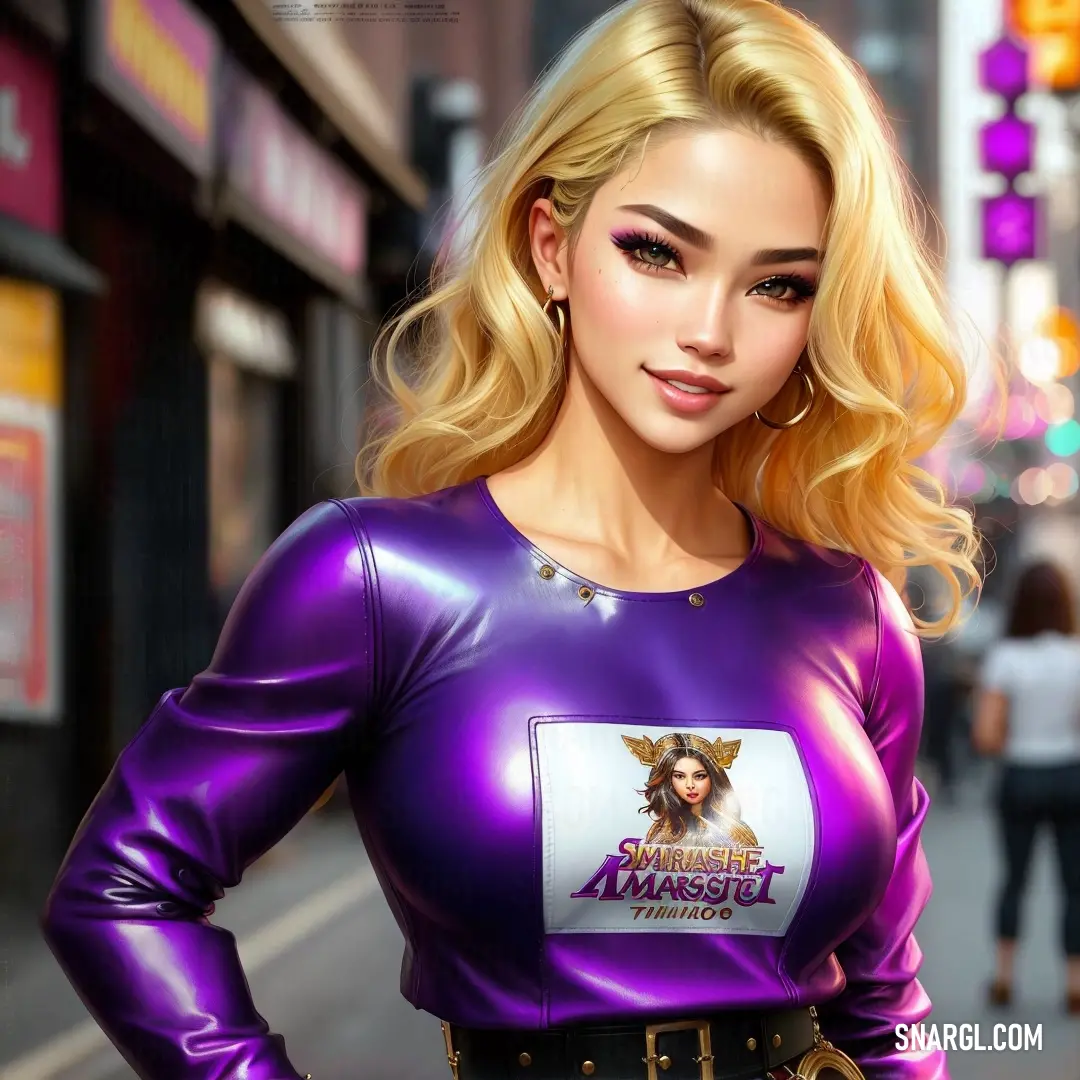

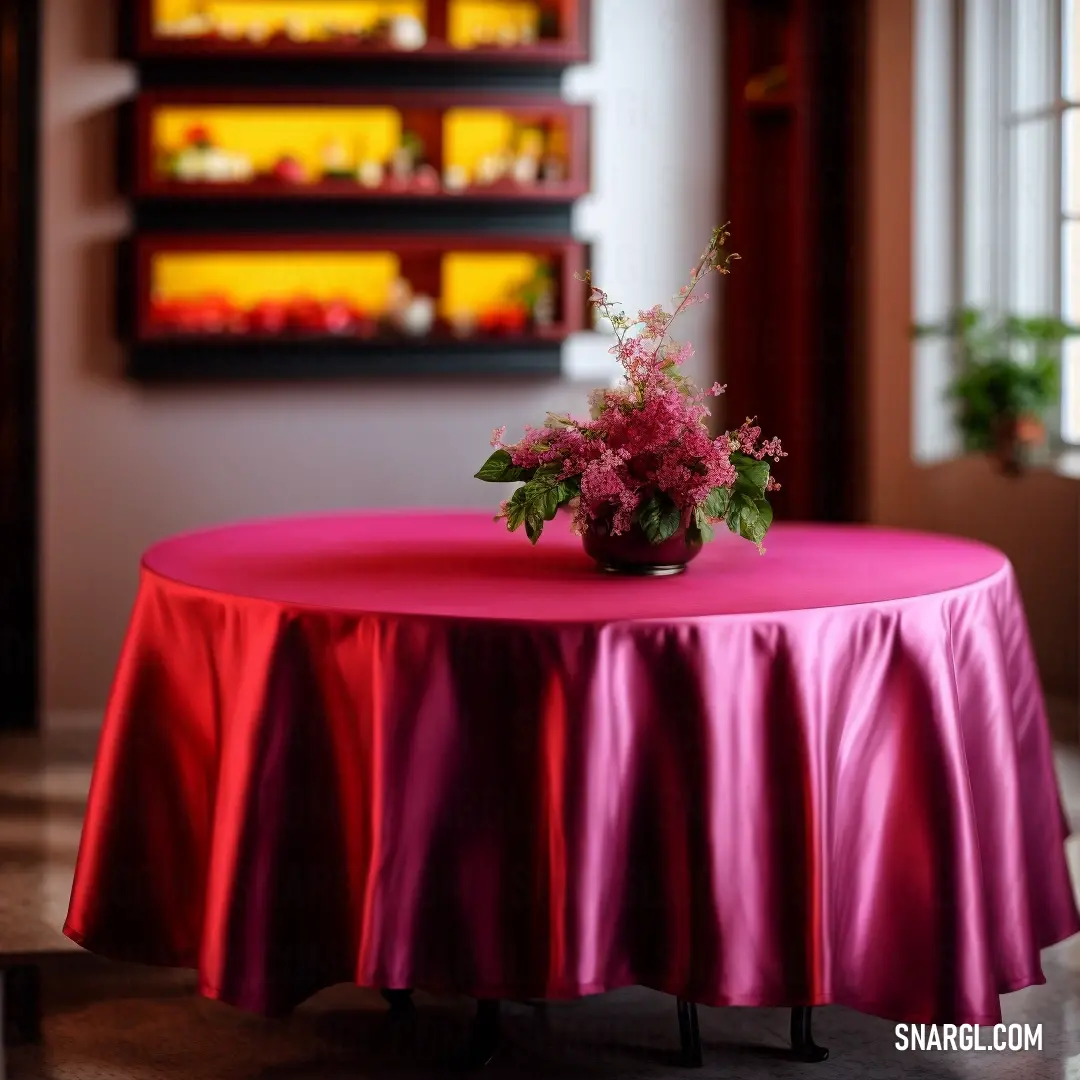

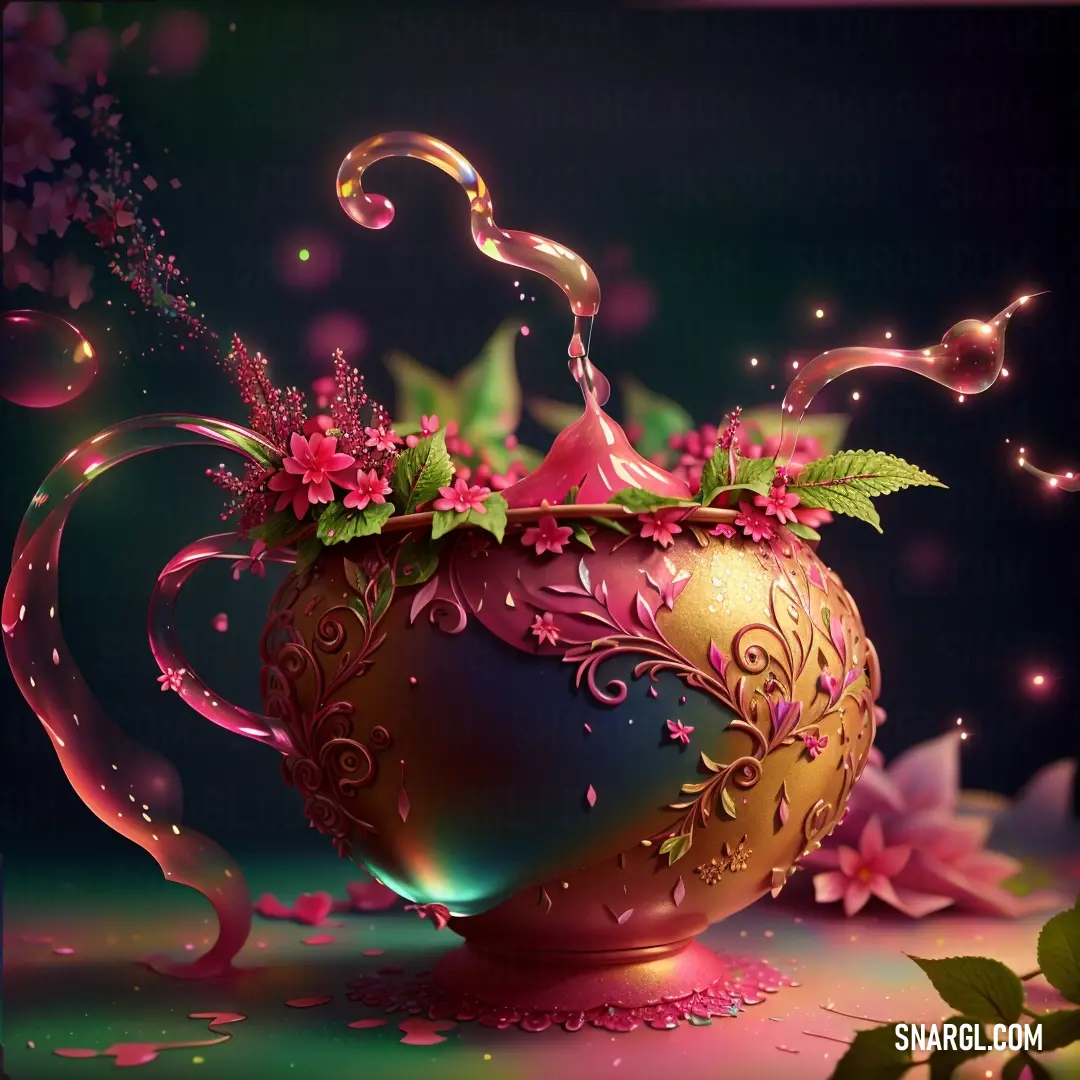
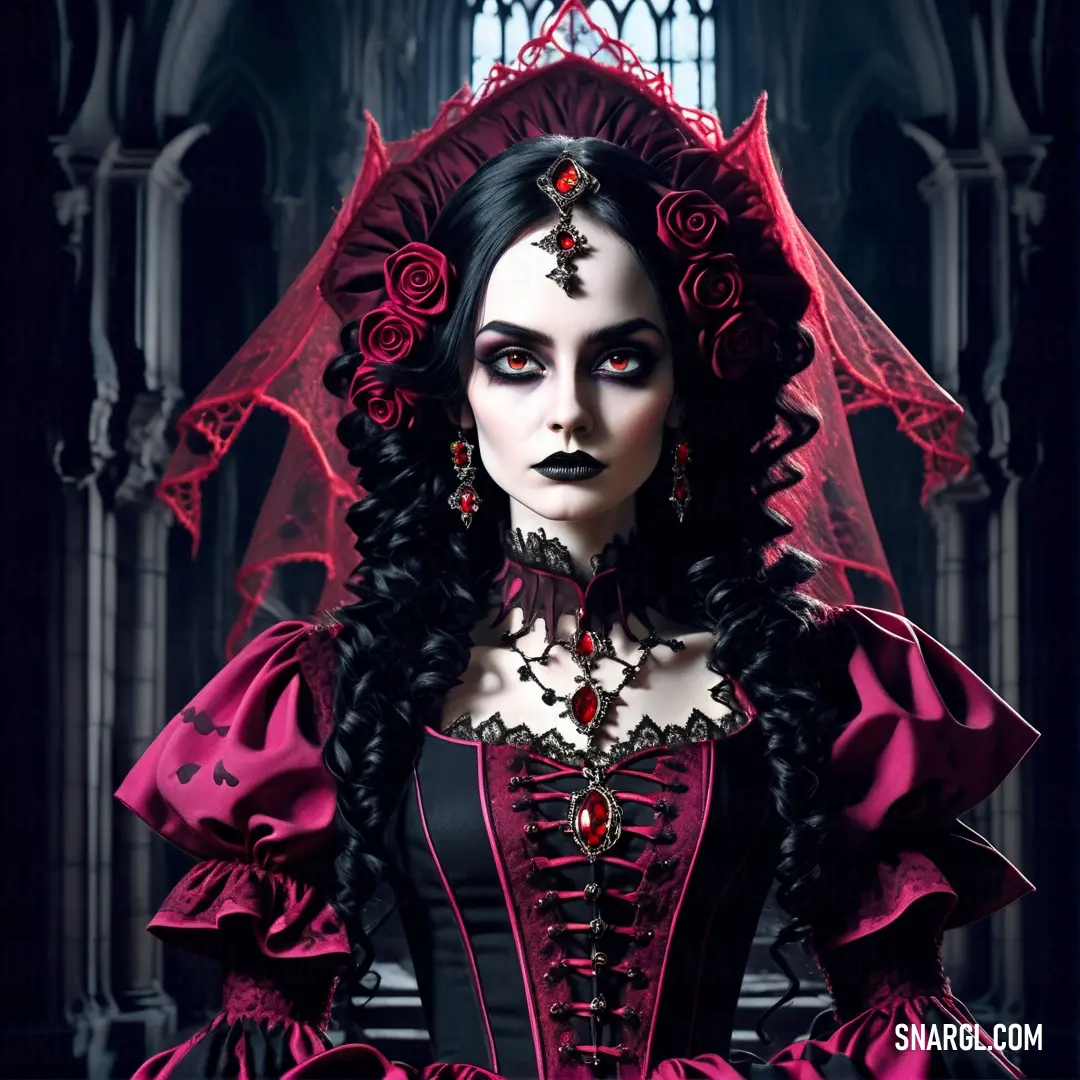
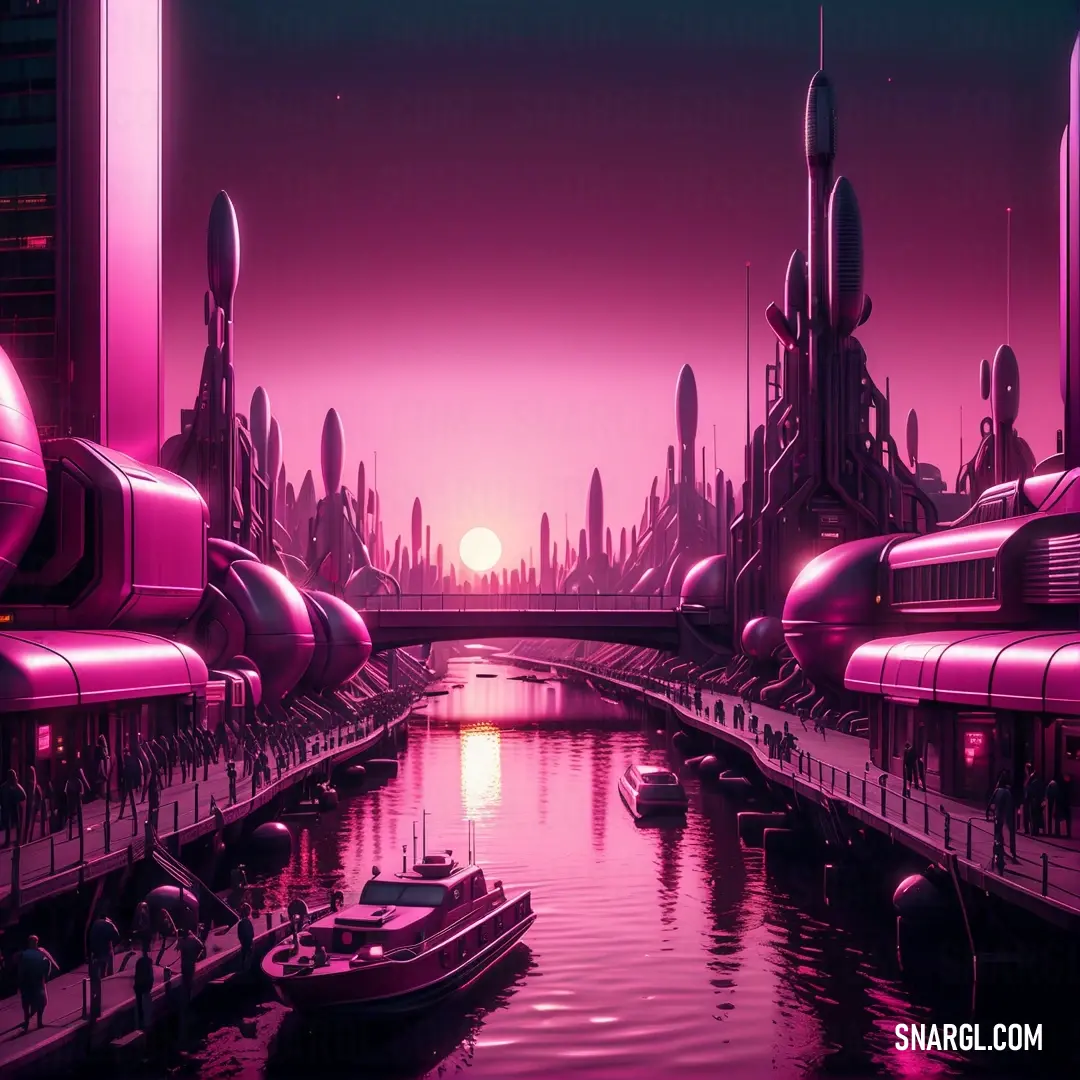
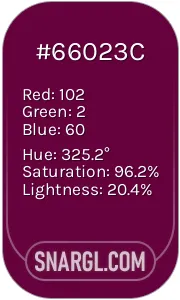 Tyrian purple
Tyrian purple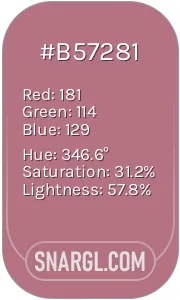 Turkish rose
Turkish rose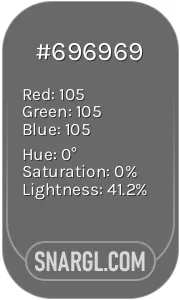 Dim gray
Dim gray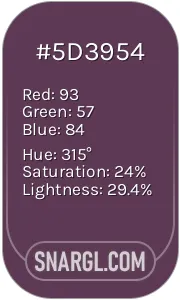 Dark byzantium
Dark byzantium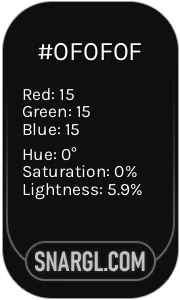 Onyx
Onyx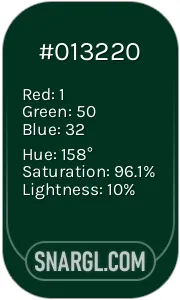 Dark green
Dark green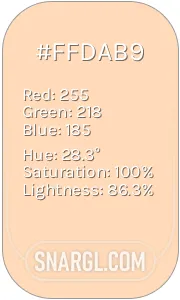 Peach puff
Peach puff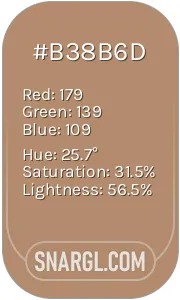 Light taupe
Light taupe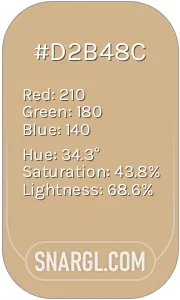 Tan
Tan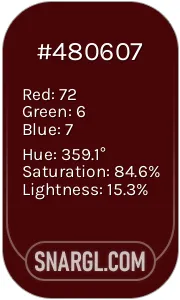 Bulgarian rose
Bulgarian rose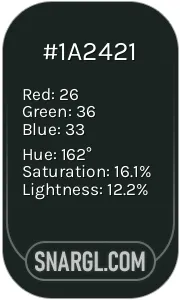 Dark jungle green
Dark jungle green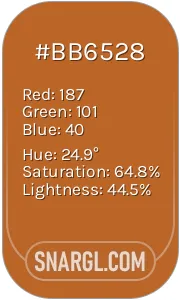 Ruddy brown
Ruddy brown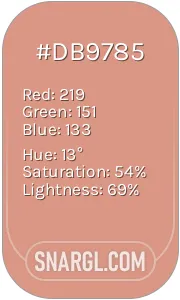 Dark peach
Dark peach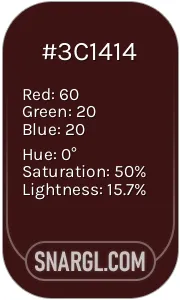 Dark sienna
Dark sienna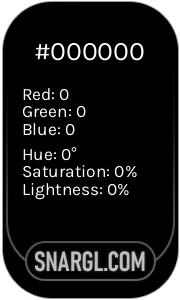 Black
Black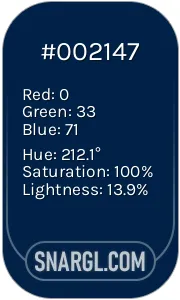 Oxford Blue
Oxford Blue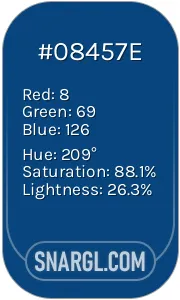 Dark cerulean
Dark cerulean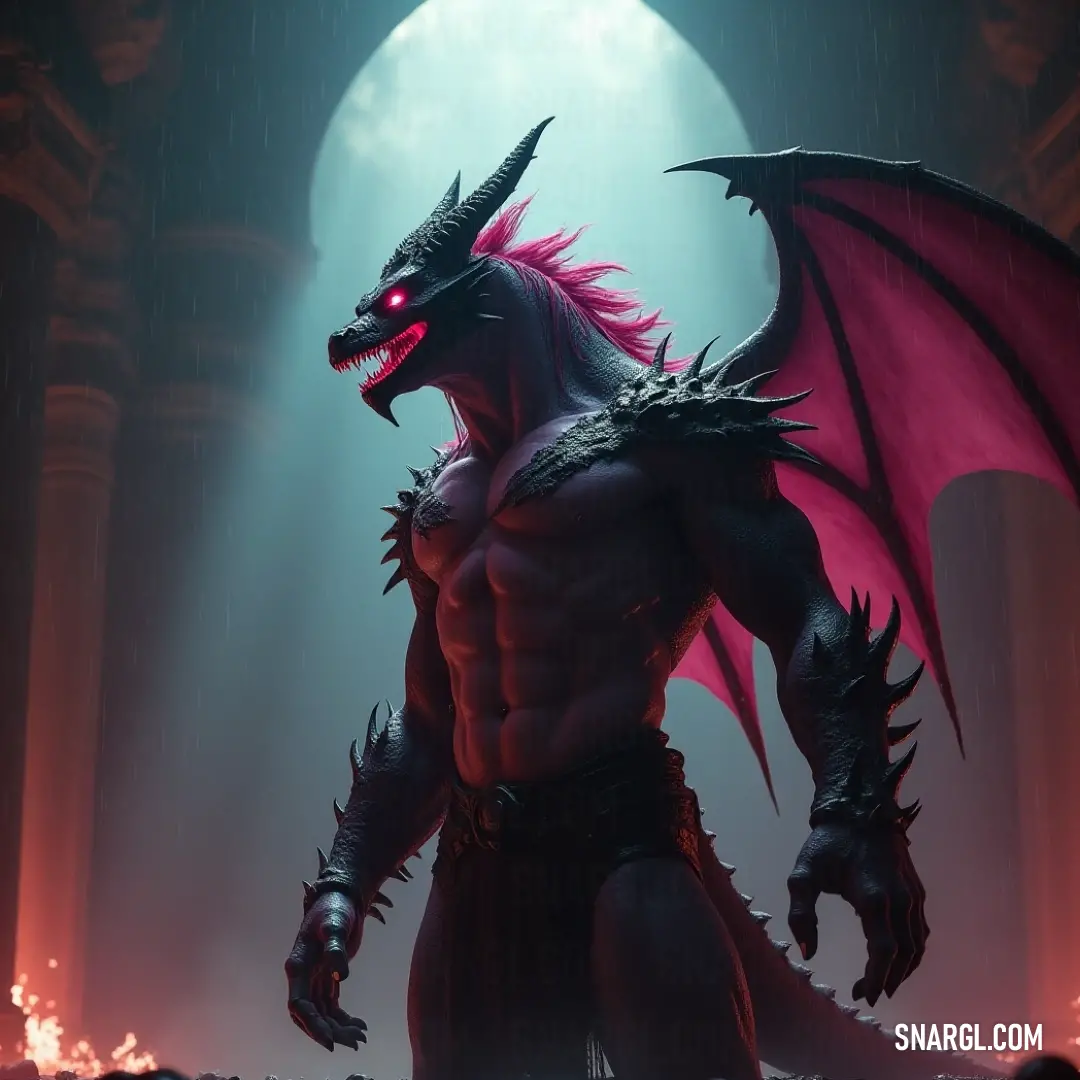

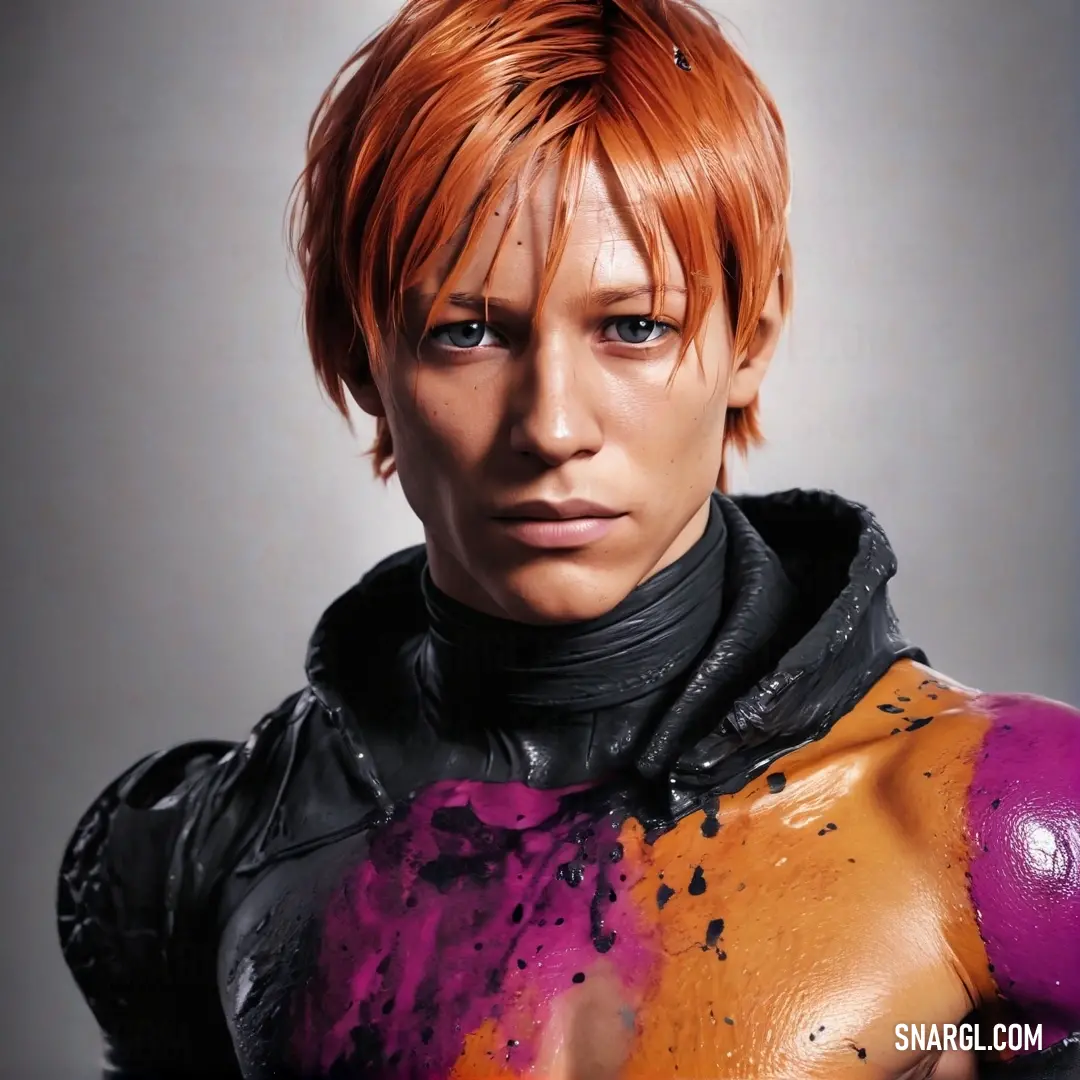

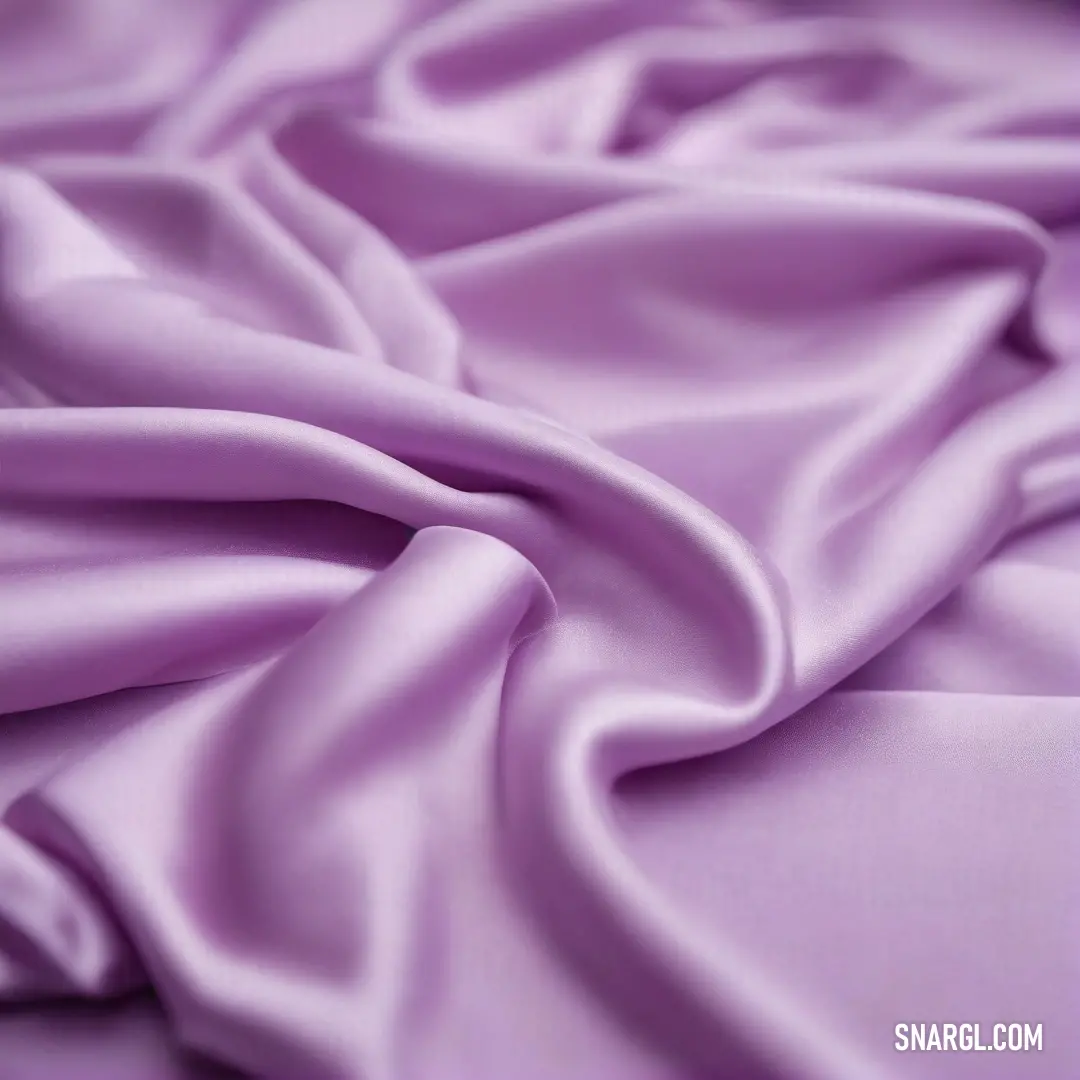
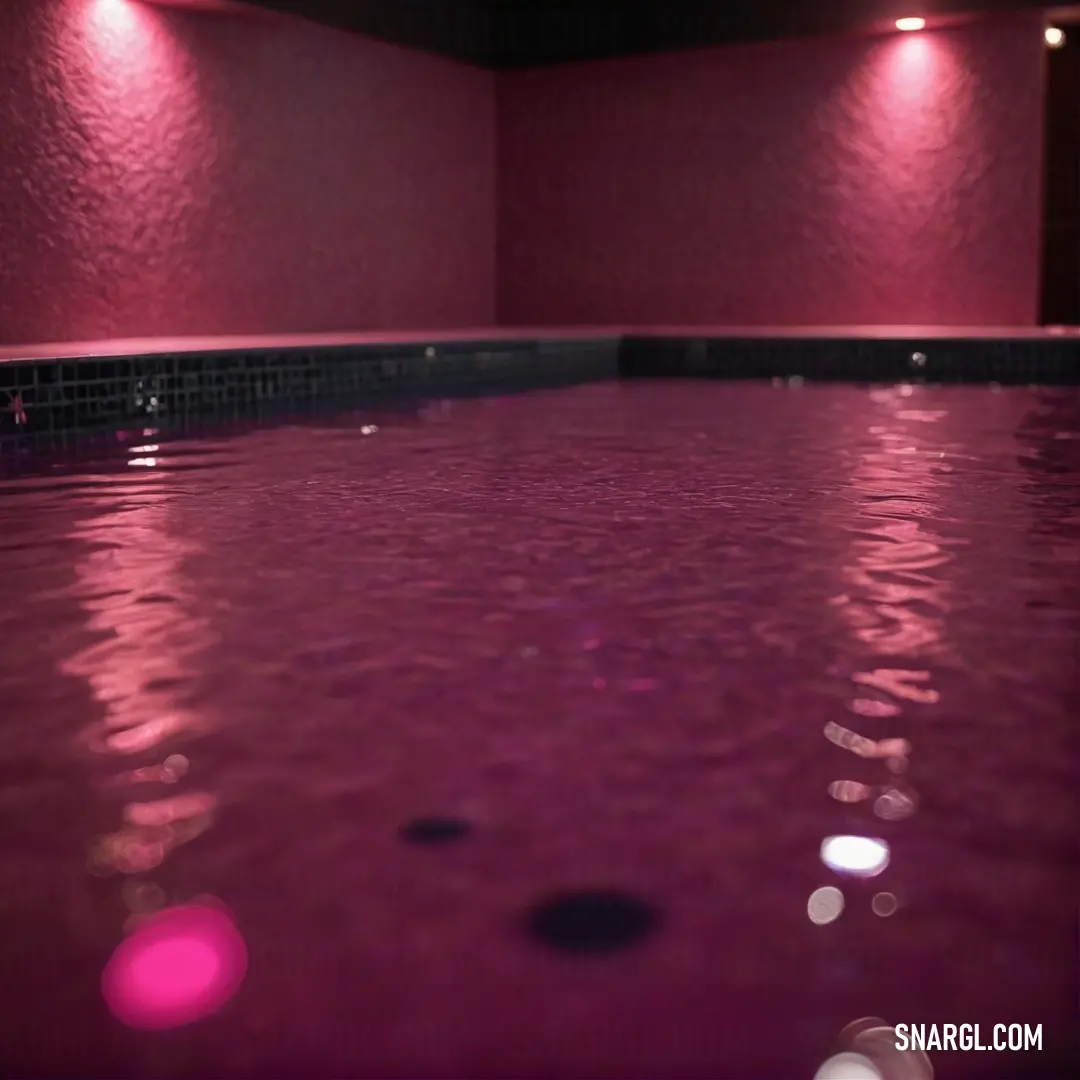
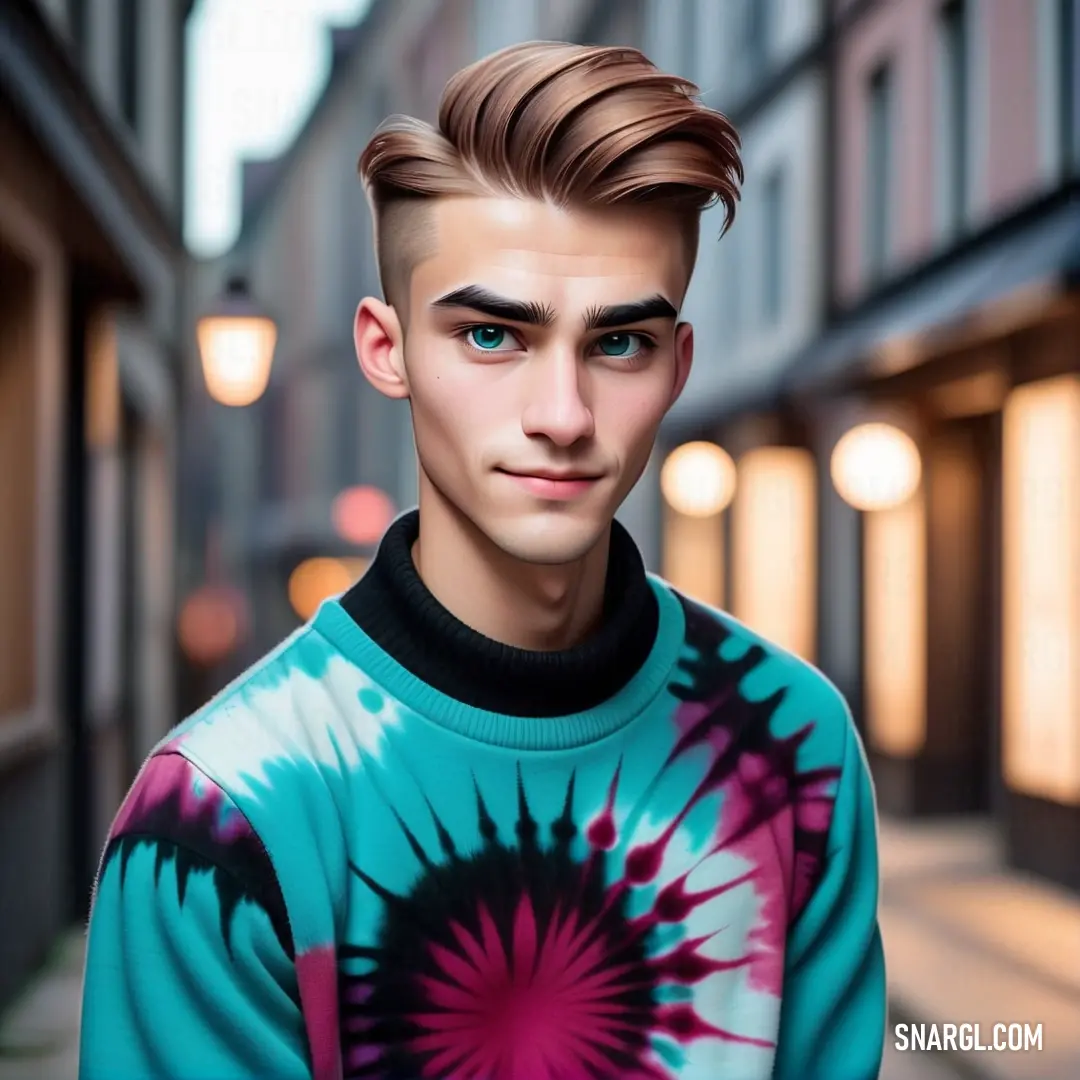
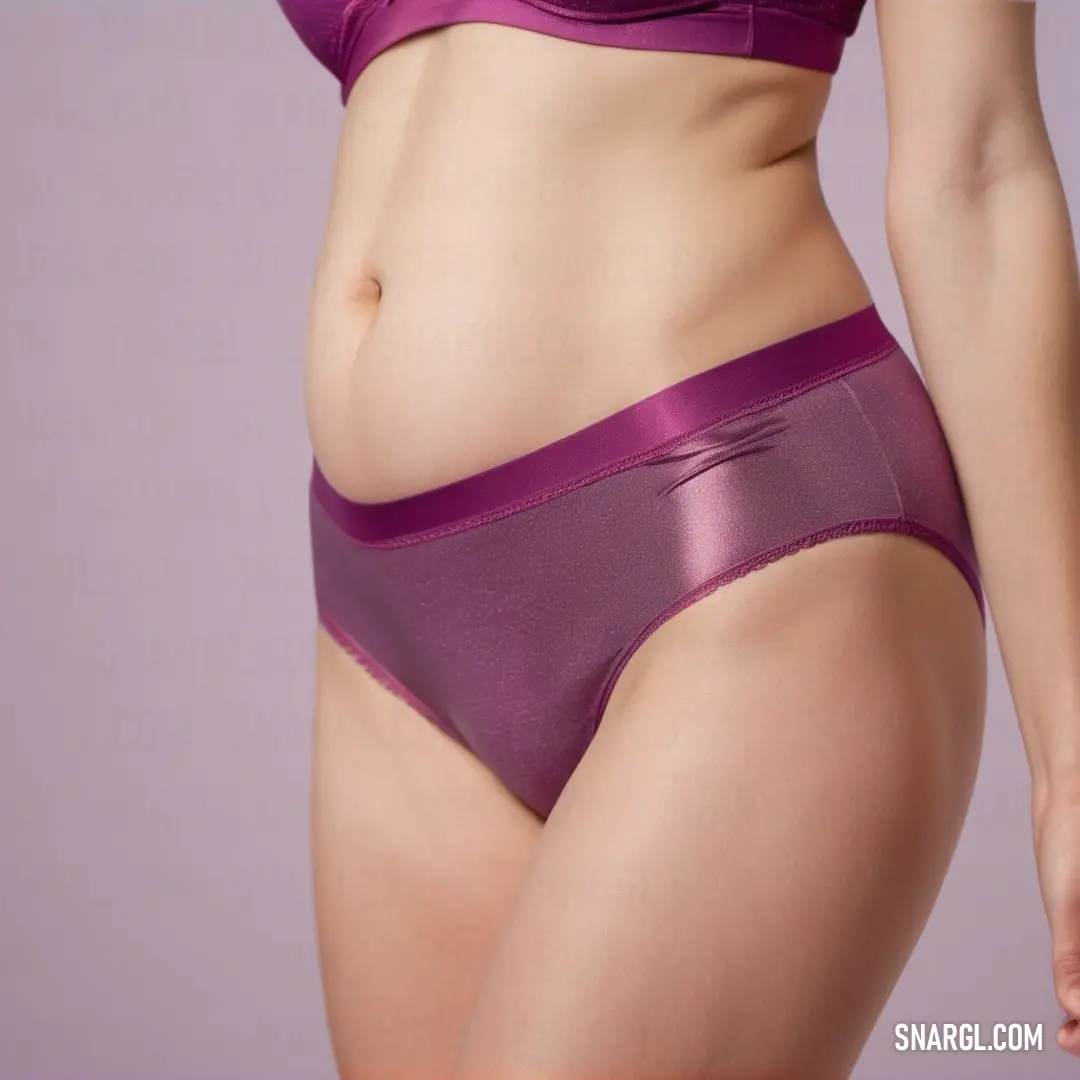
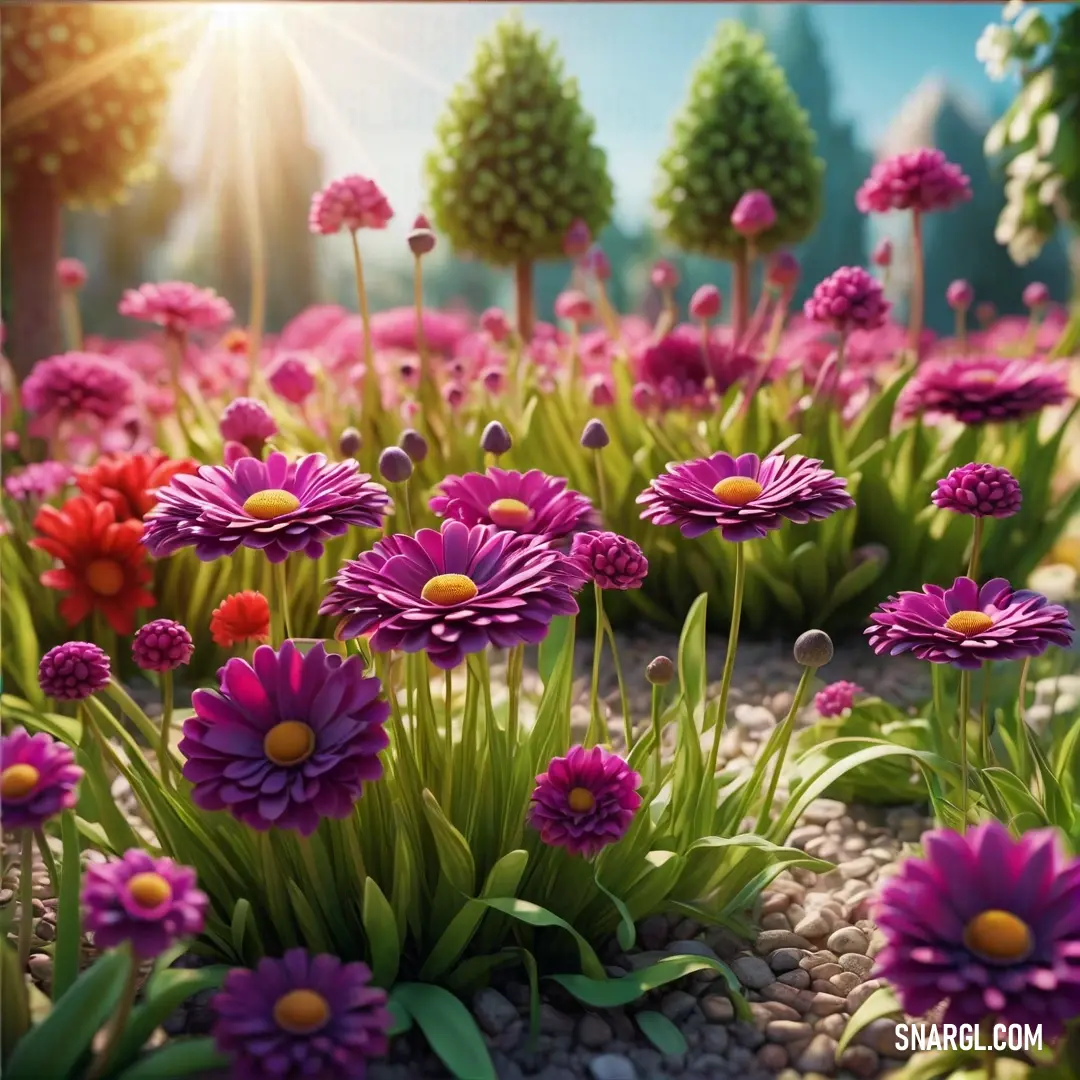
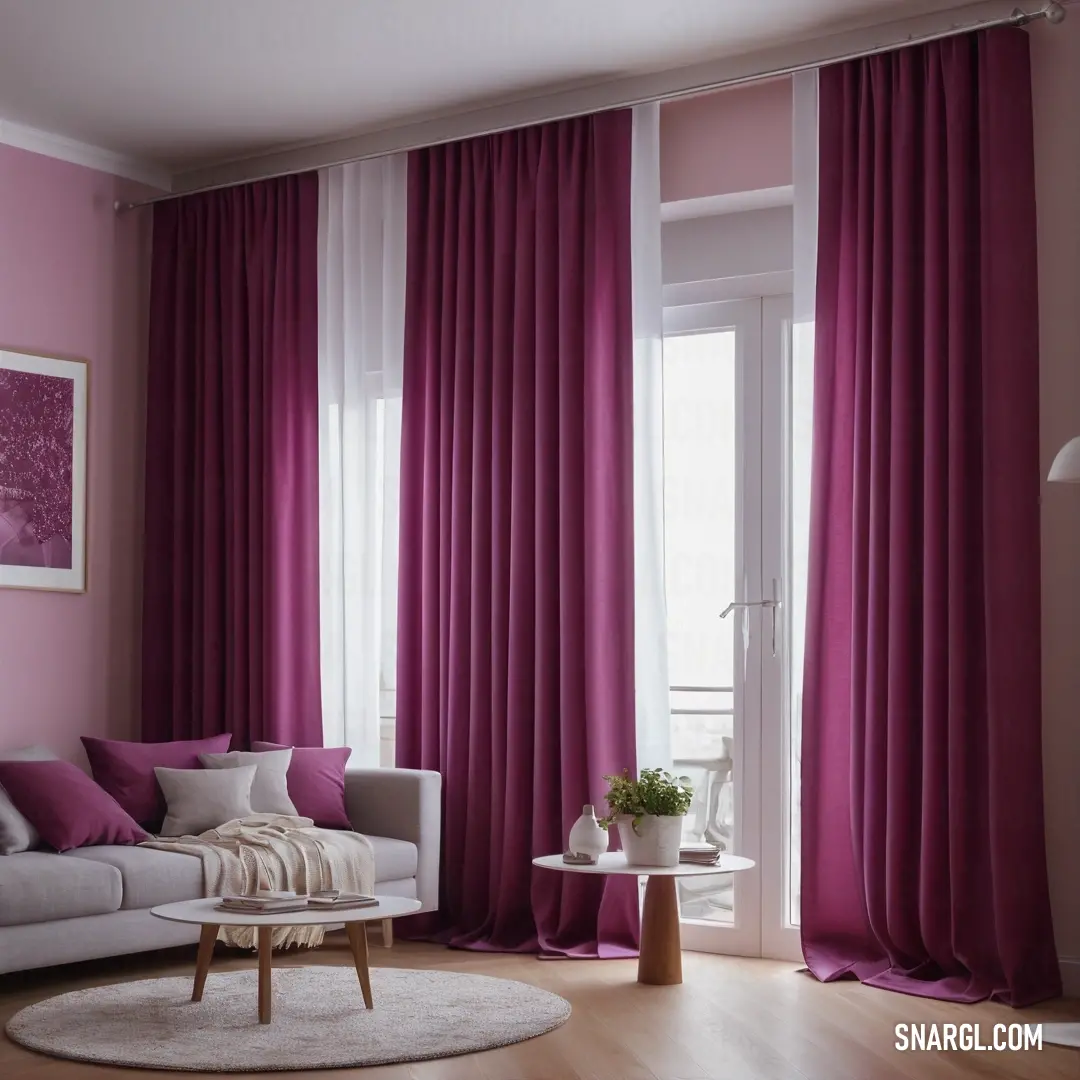
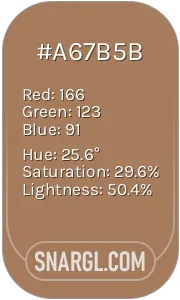 Cafe au lait
Cafe au lait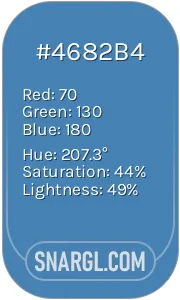 Steel blue
Steel blue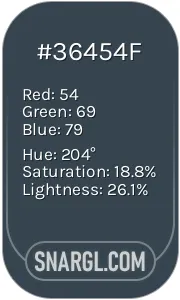 Charcoal
Charcoal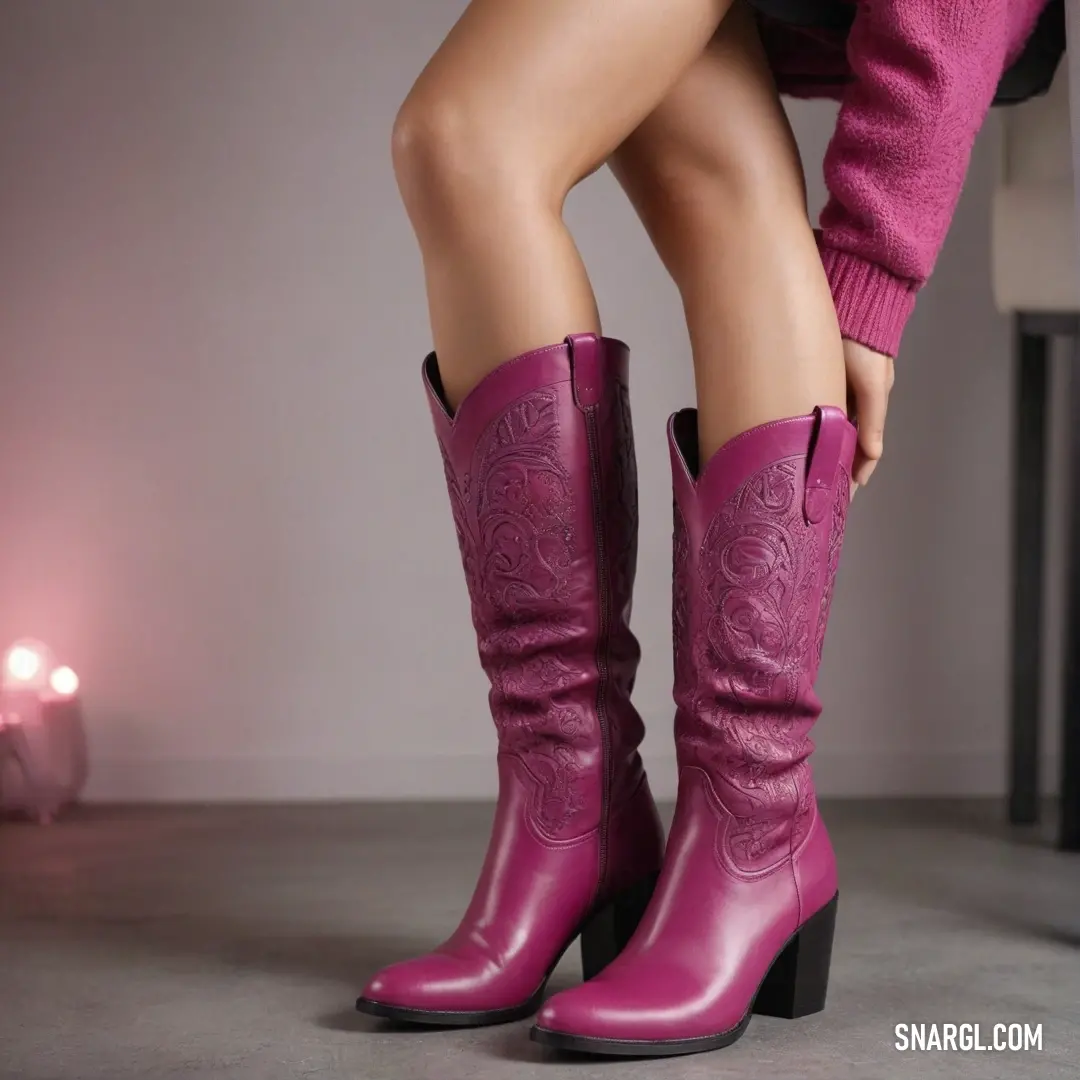
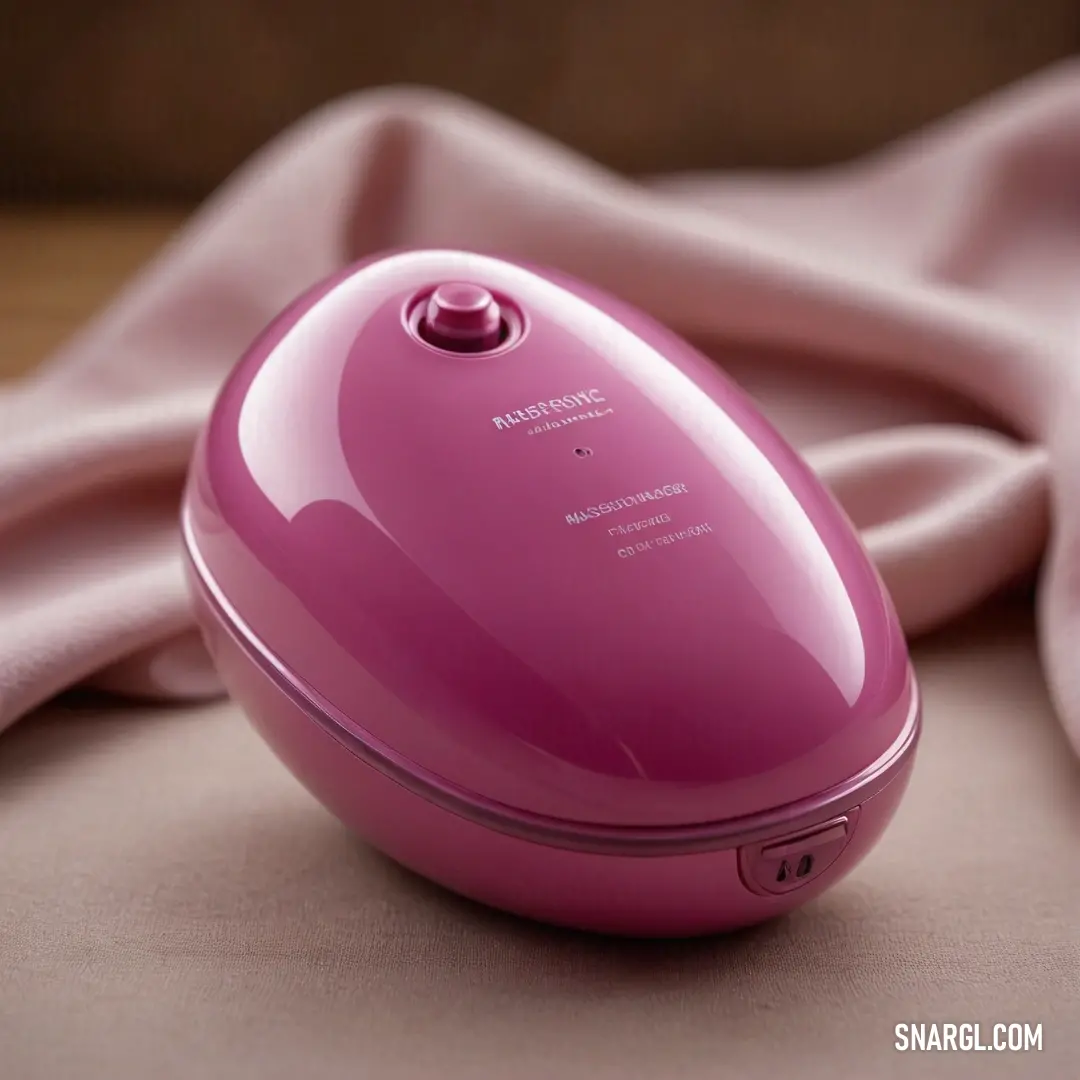
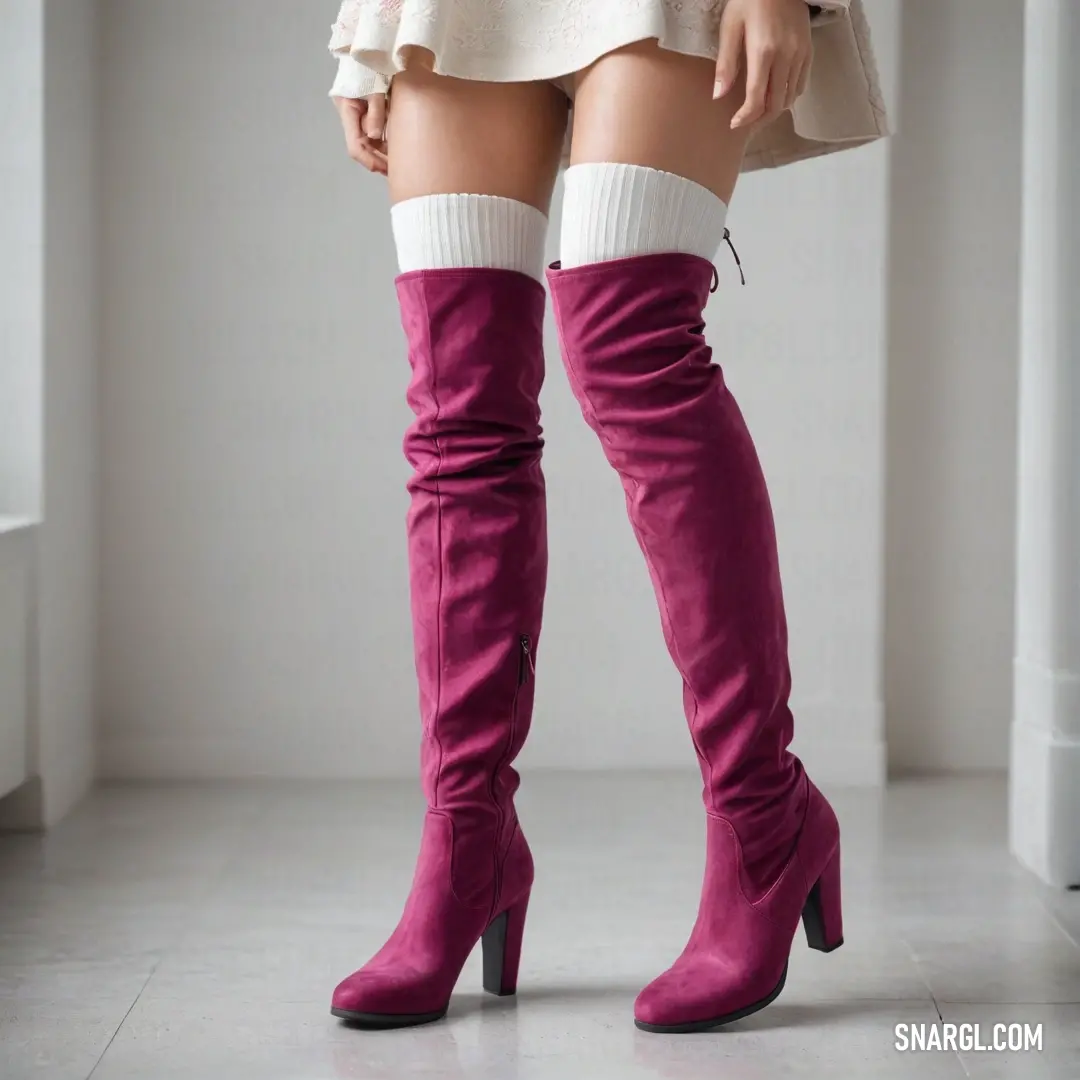
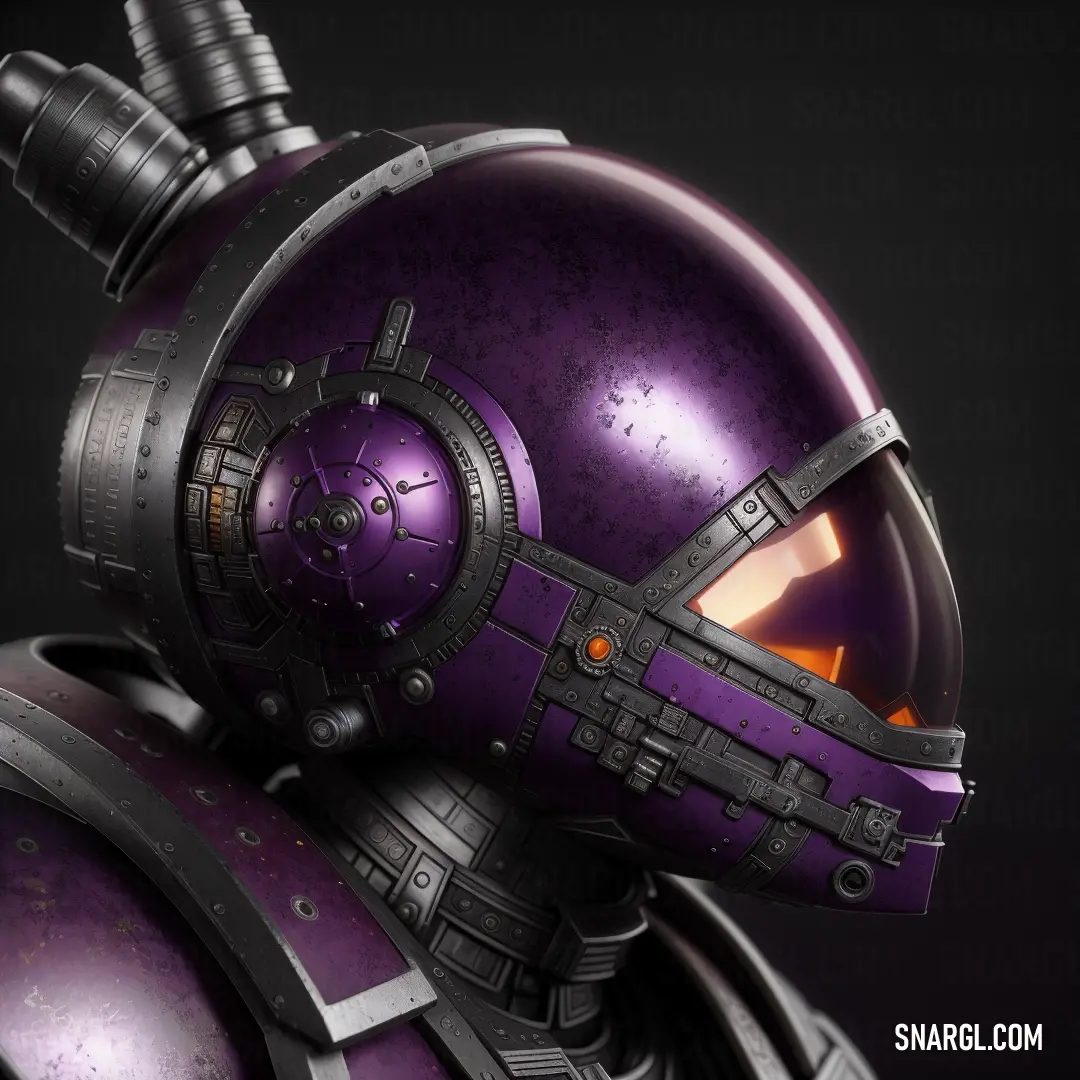


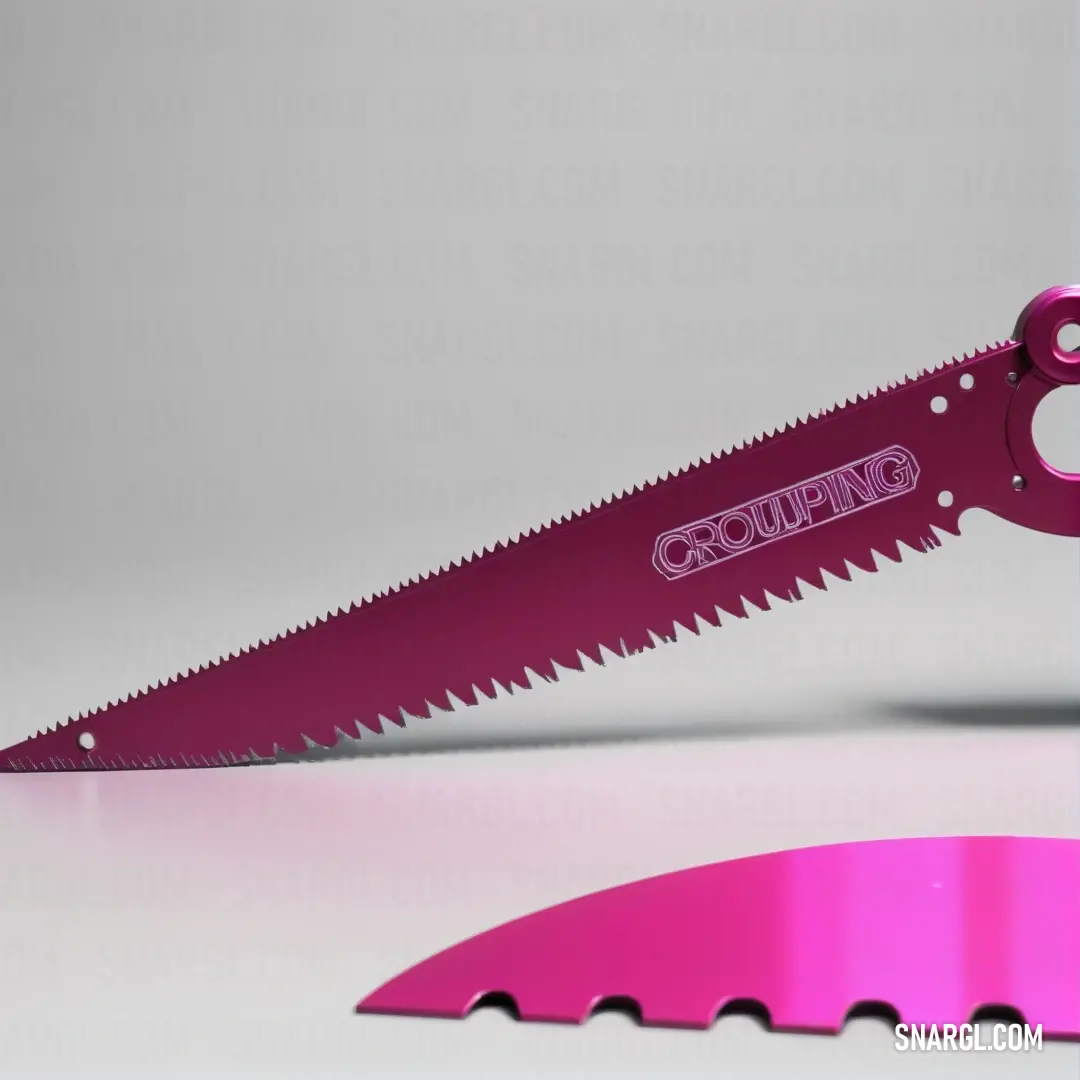
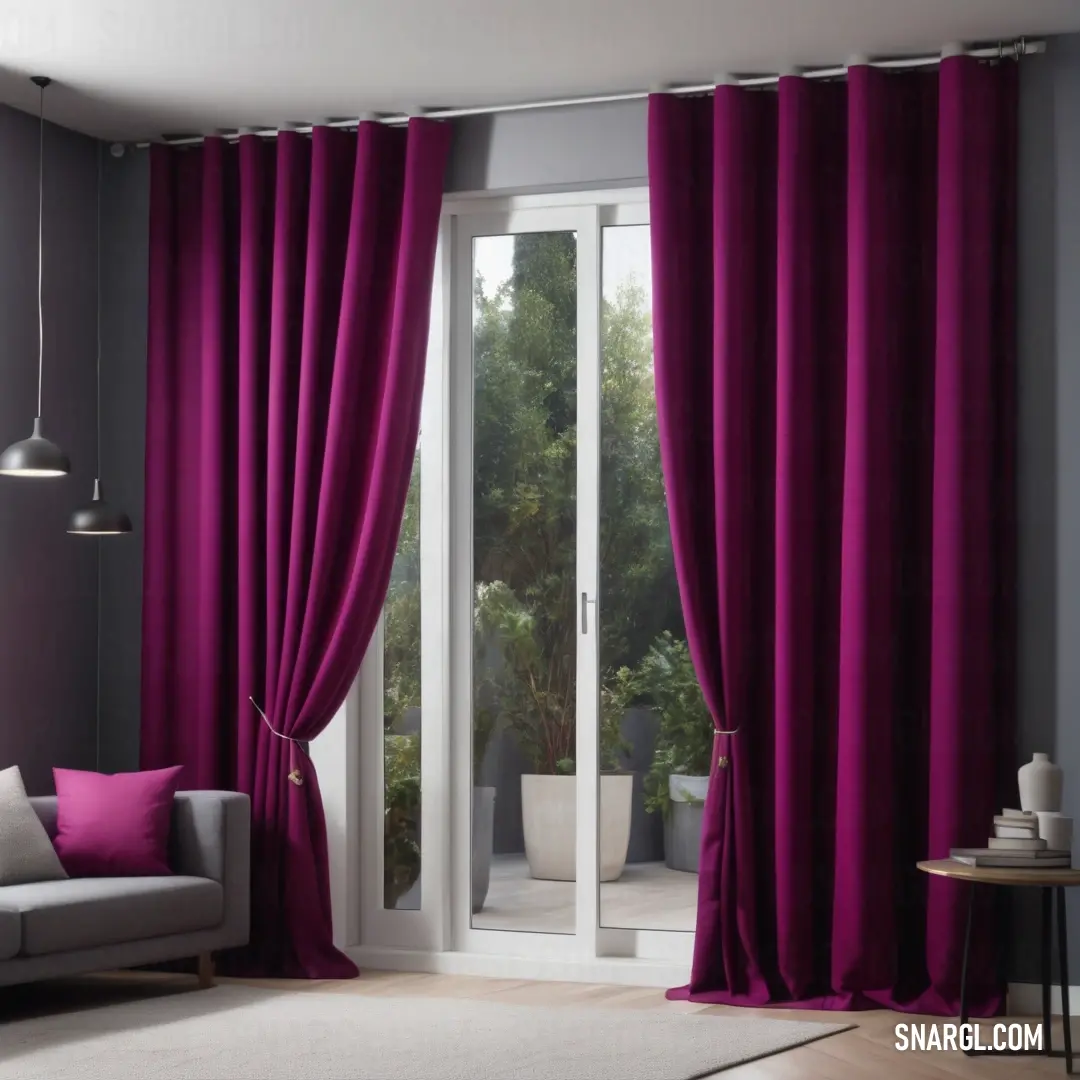
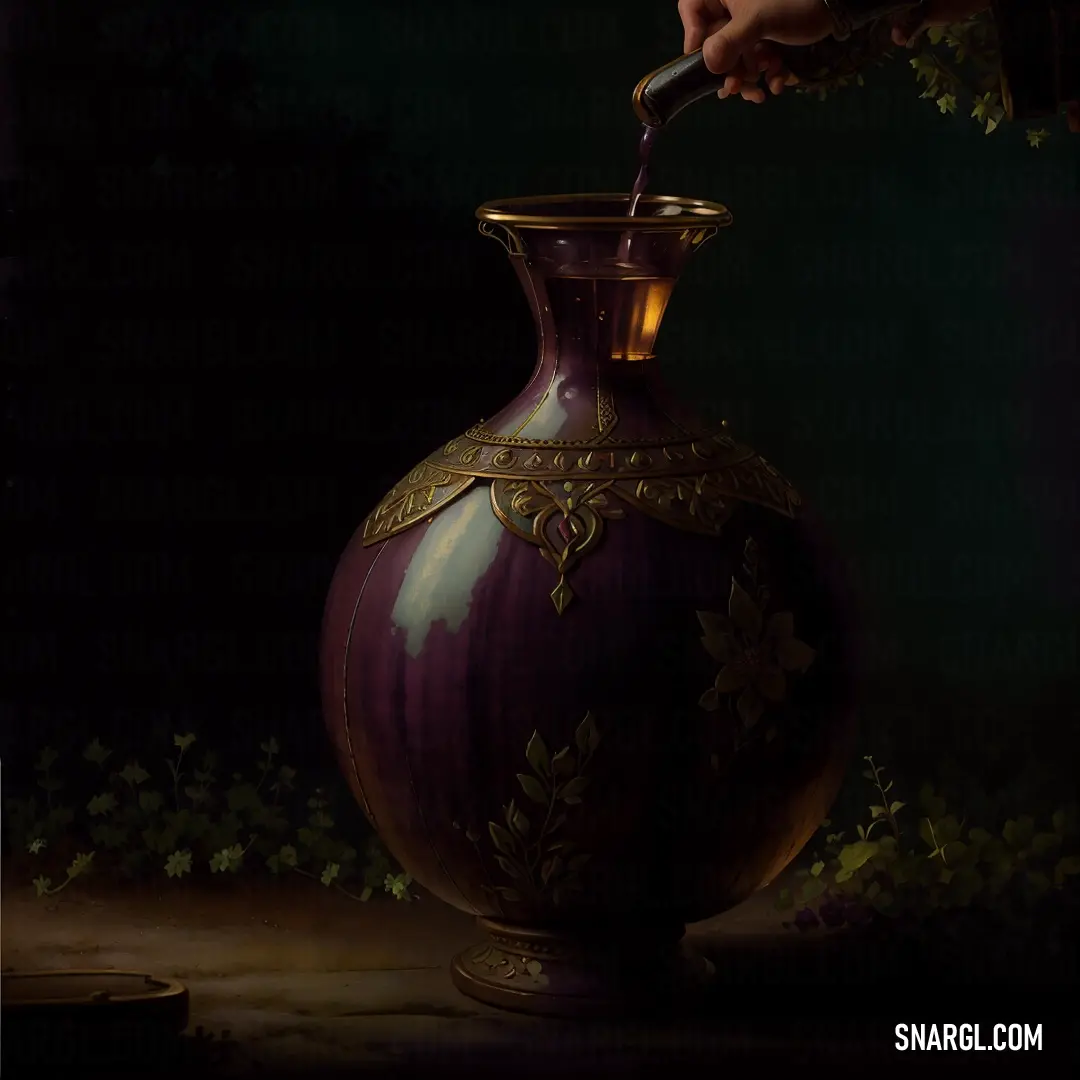

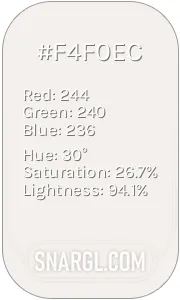 Isabelline
Isabelline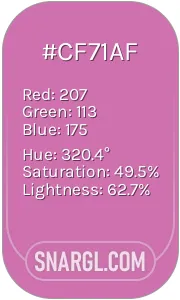 Sky magenta
Sky magenta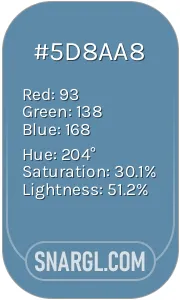 Air Force Blue
Air Force Blue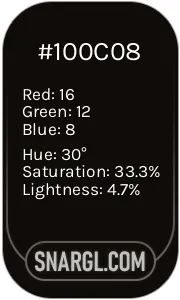 Smoky black
Smoky black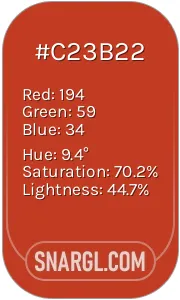 Dark pastel red
Dark pastel red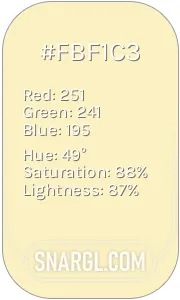 Pale yellow
Pale yellow
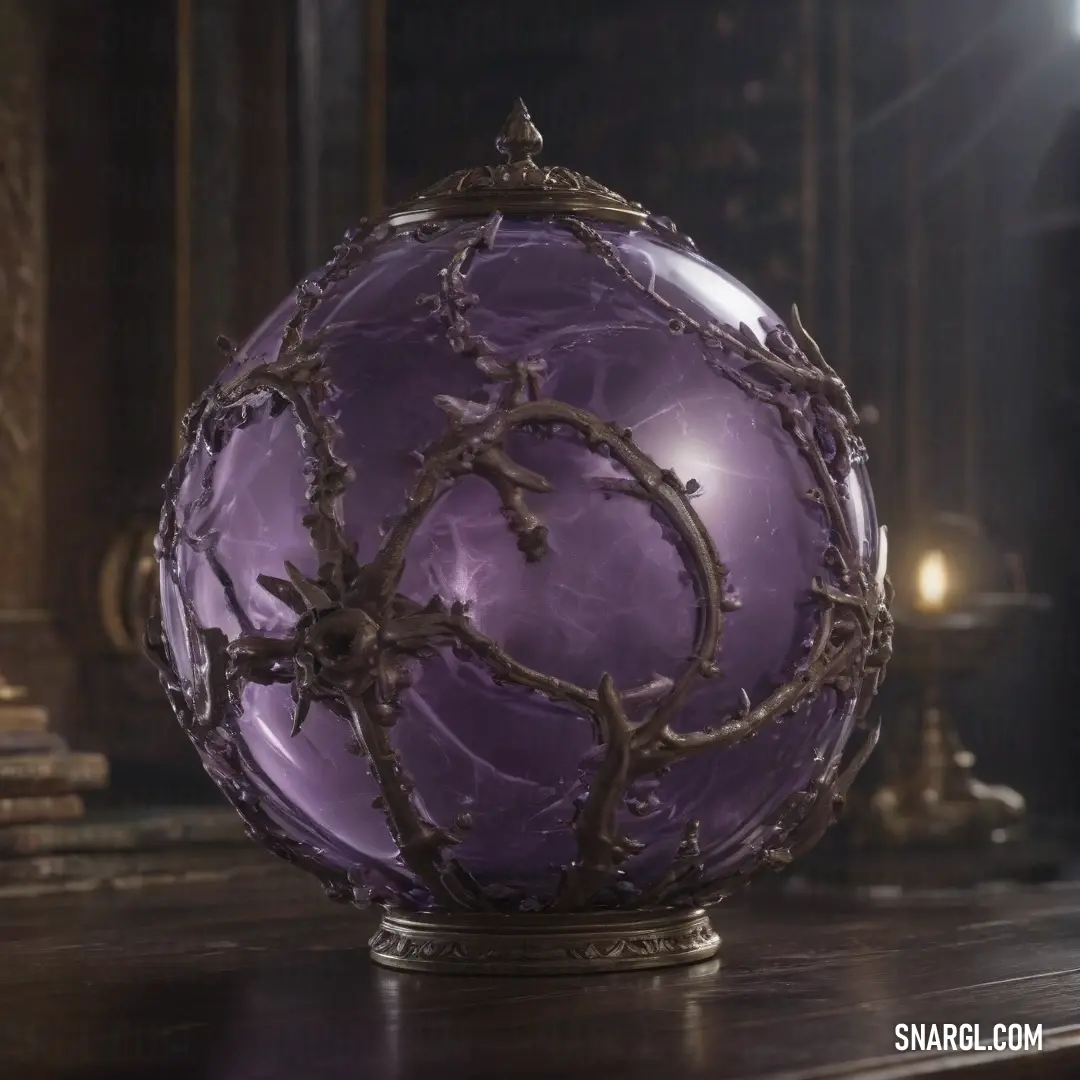
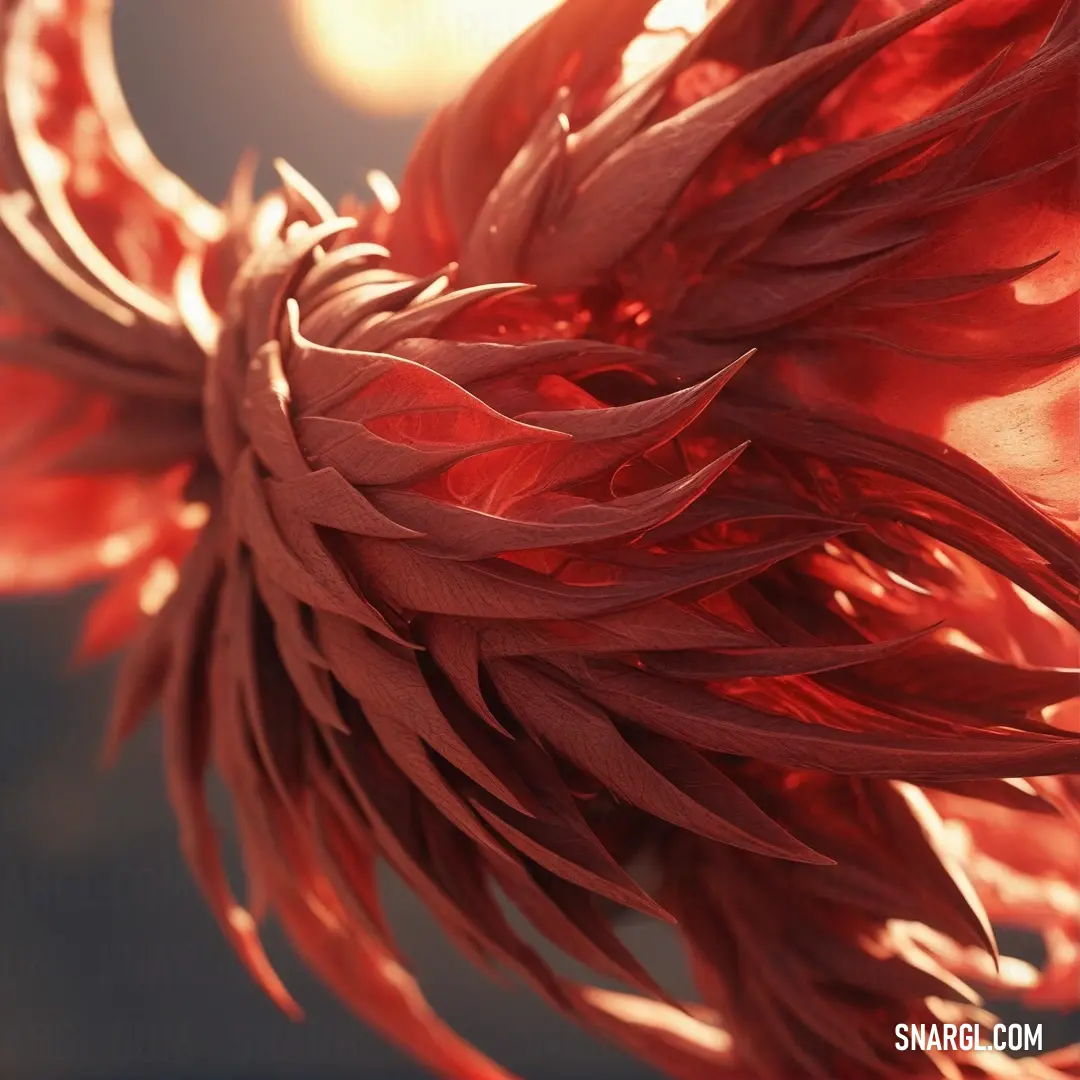
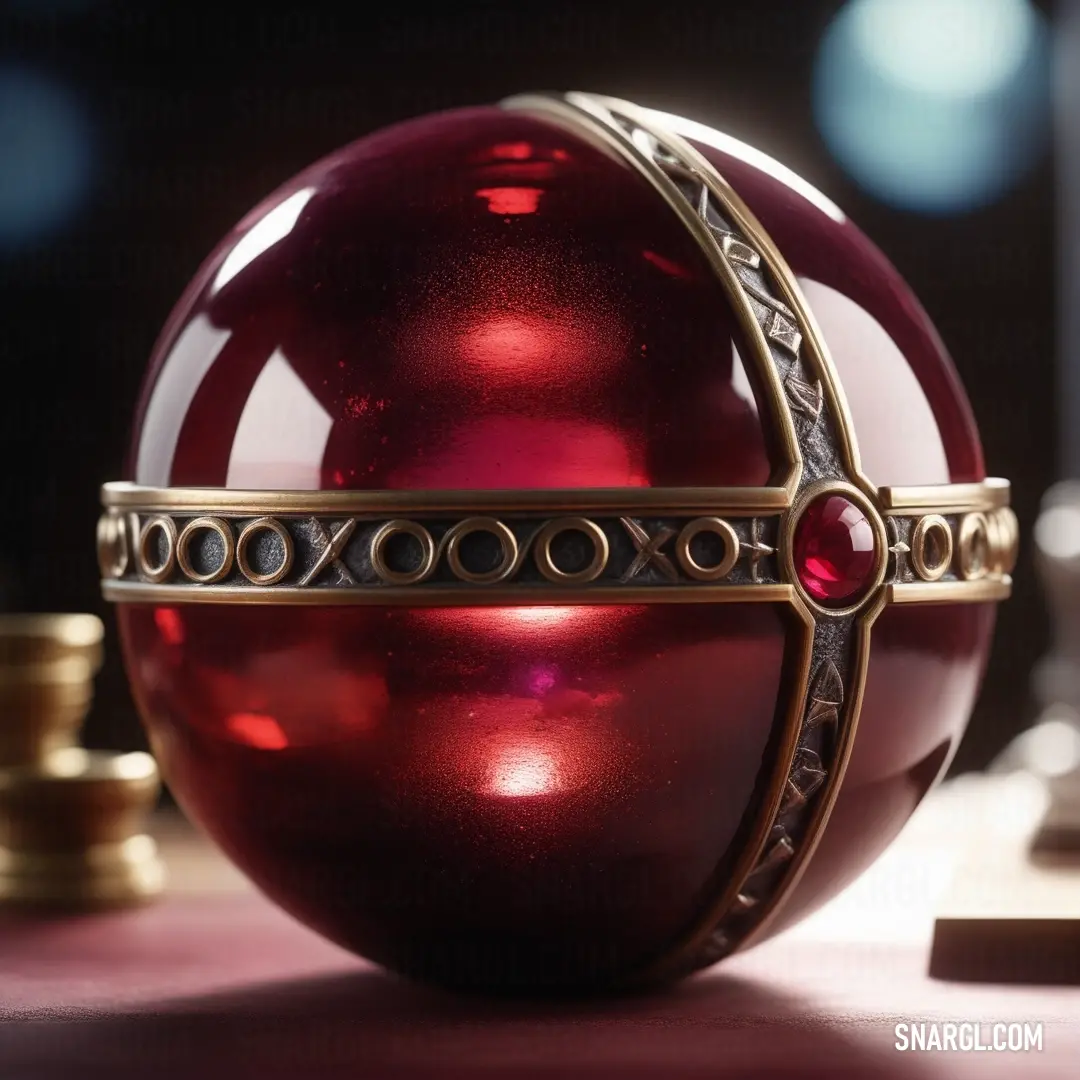

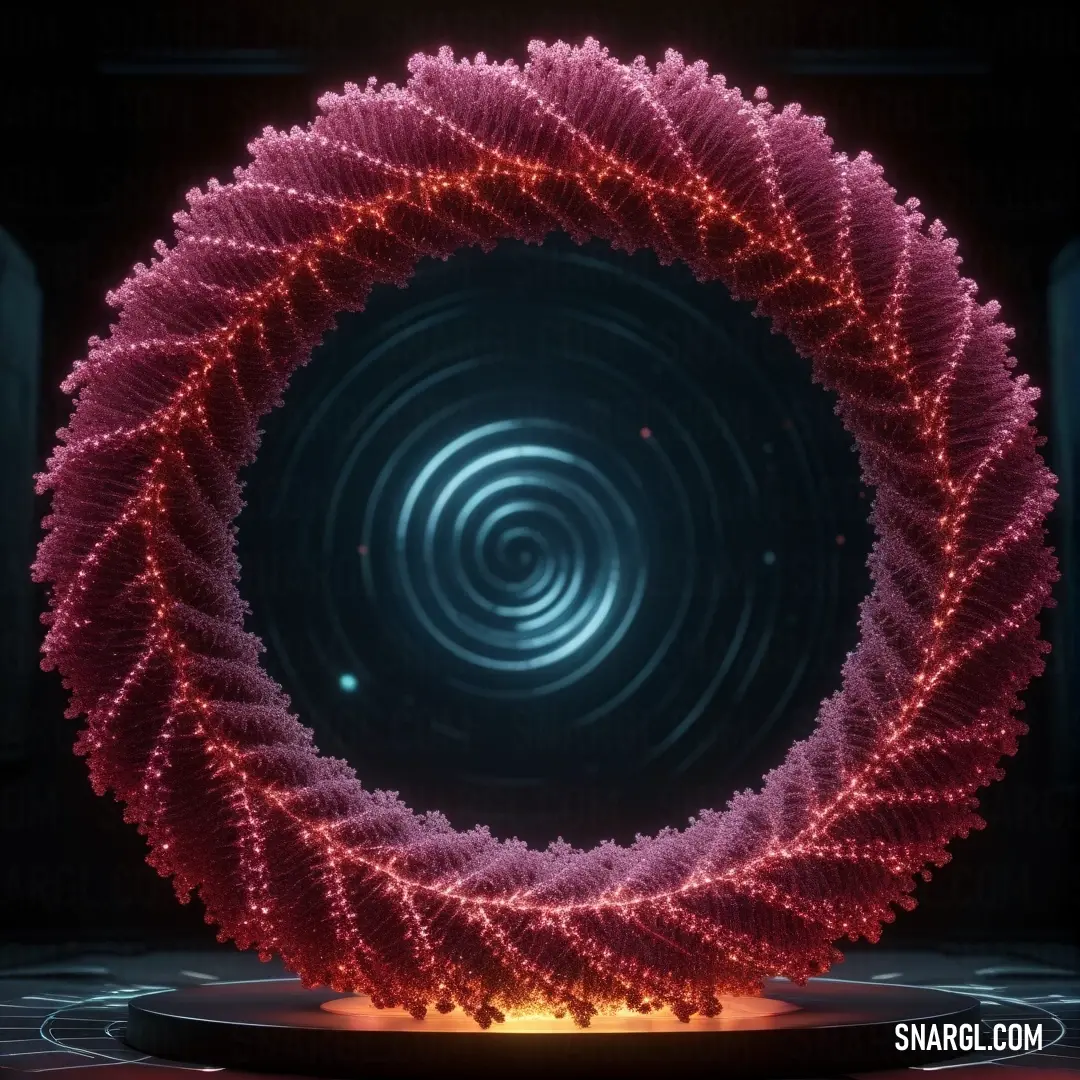
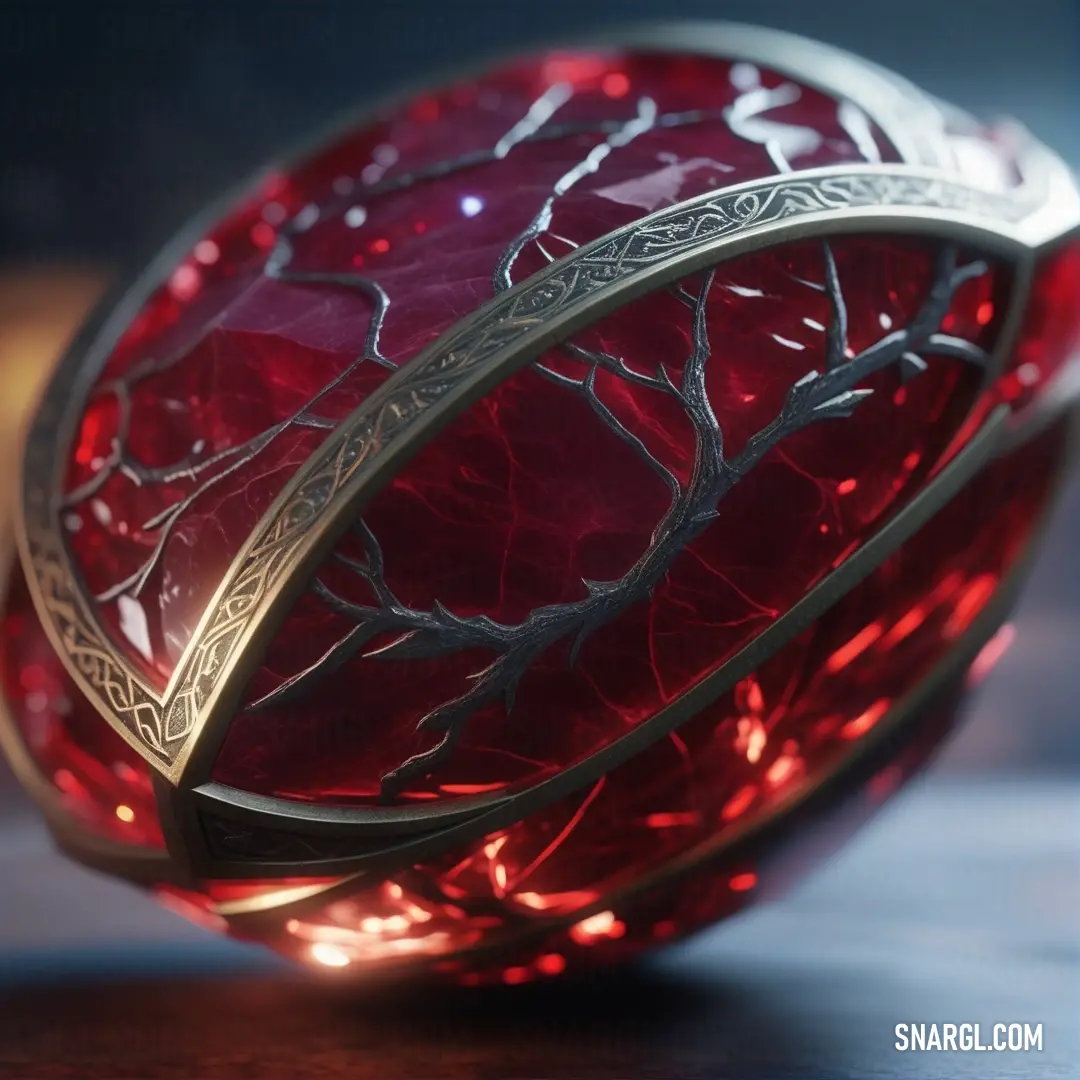
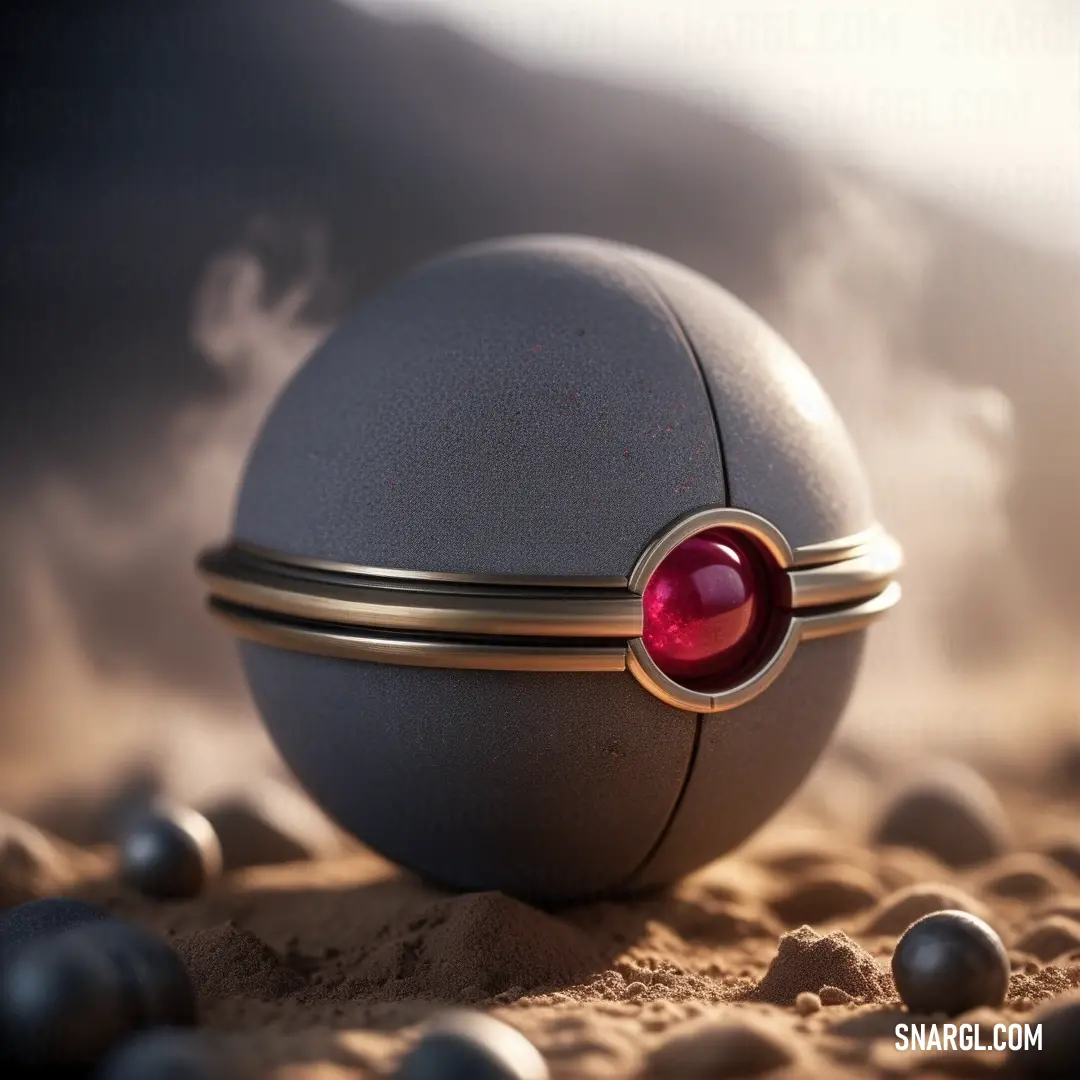
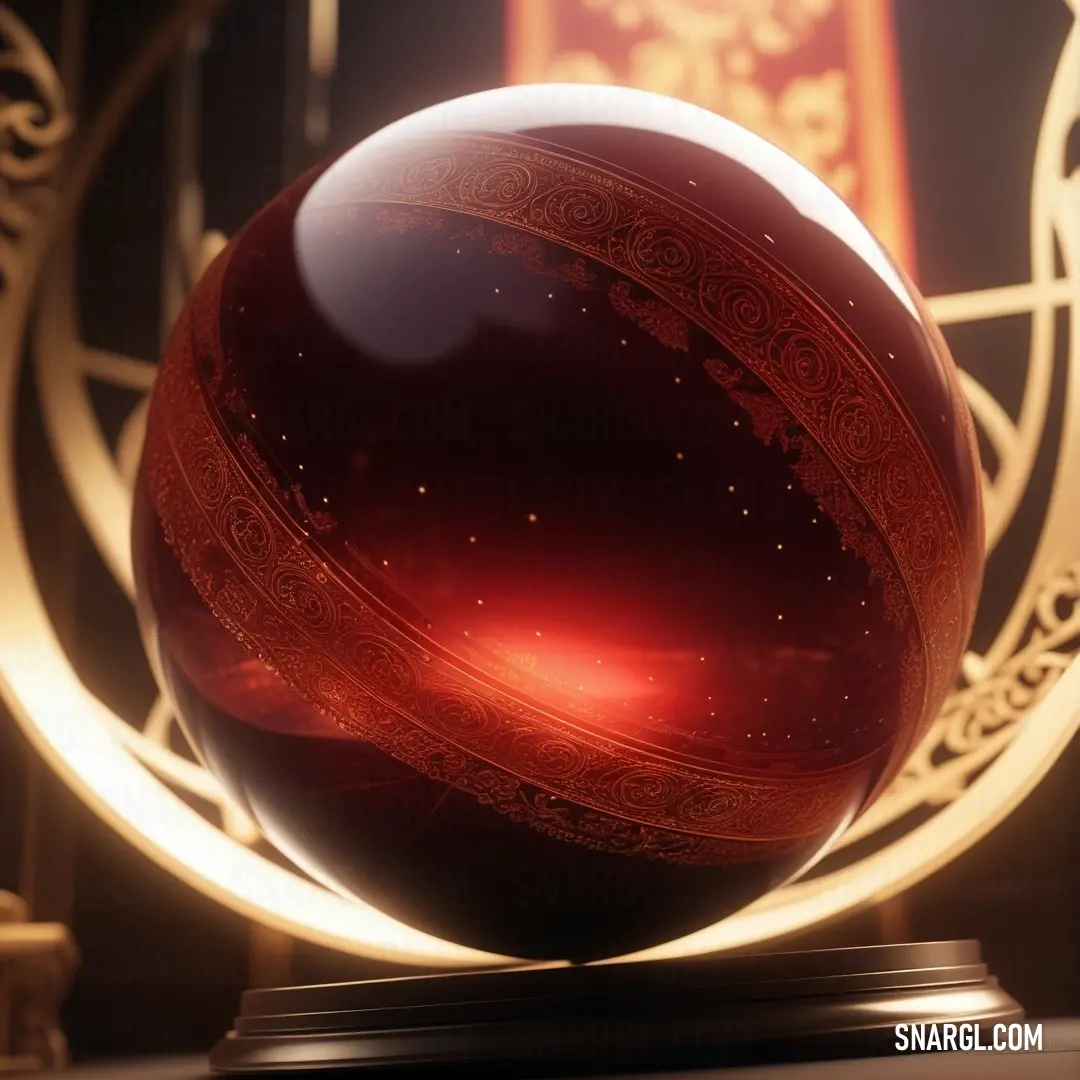
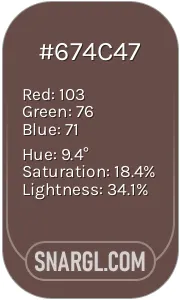 Medium taupe
Medium taupe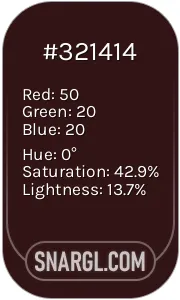 Seal brown
Seal brown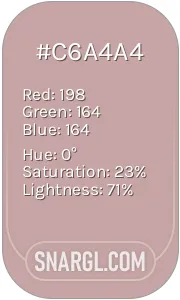 Pale mauve
Pale mauve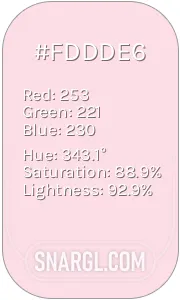 Piggy pink
Piggy pink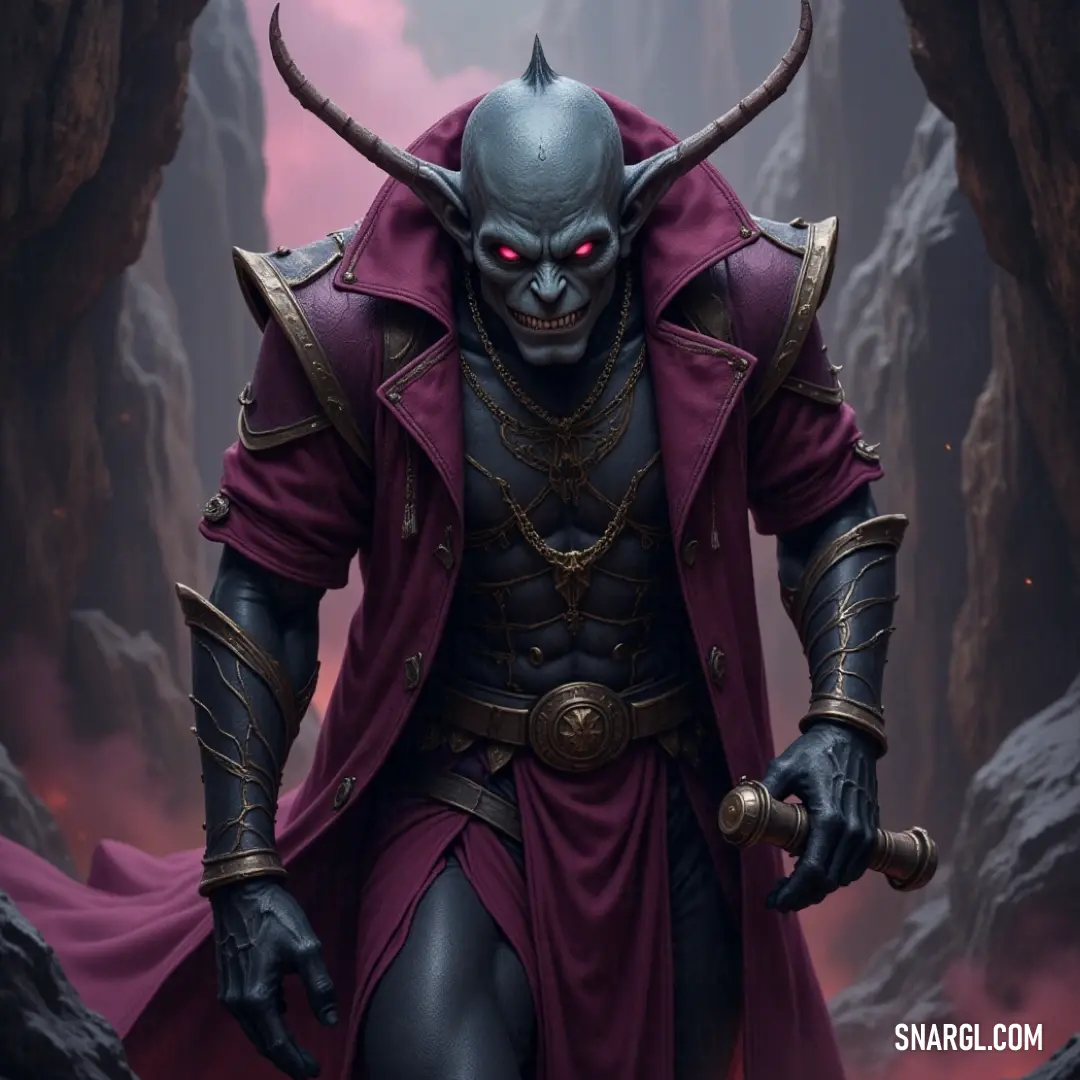
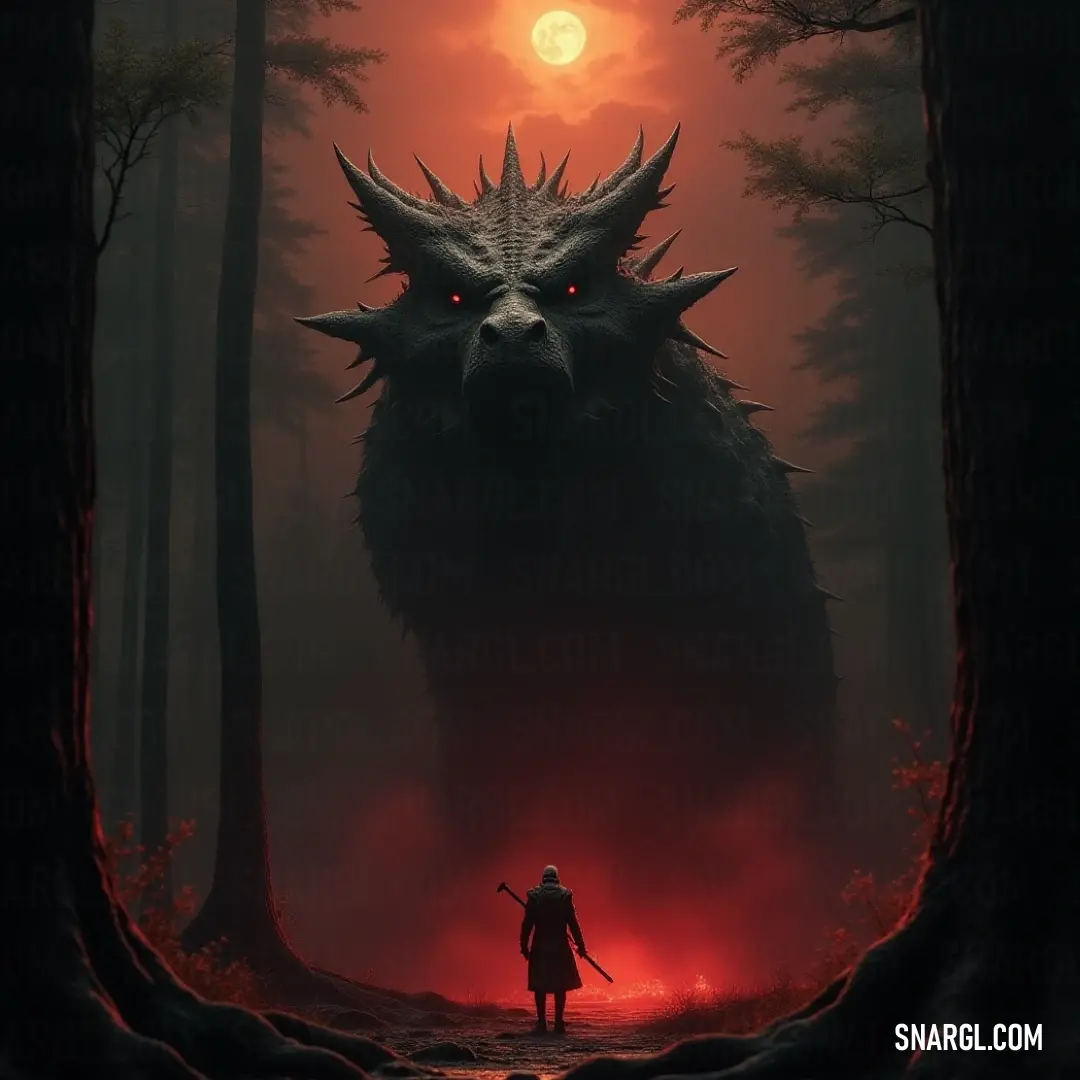
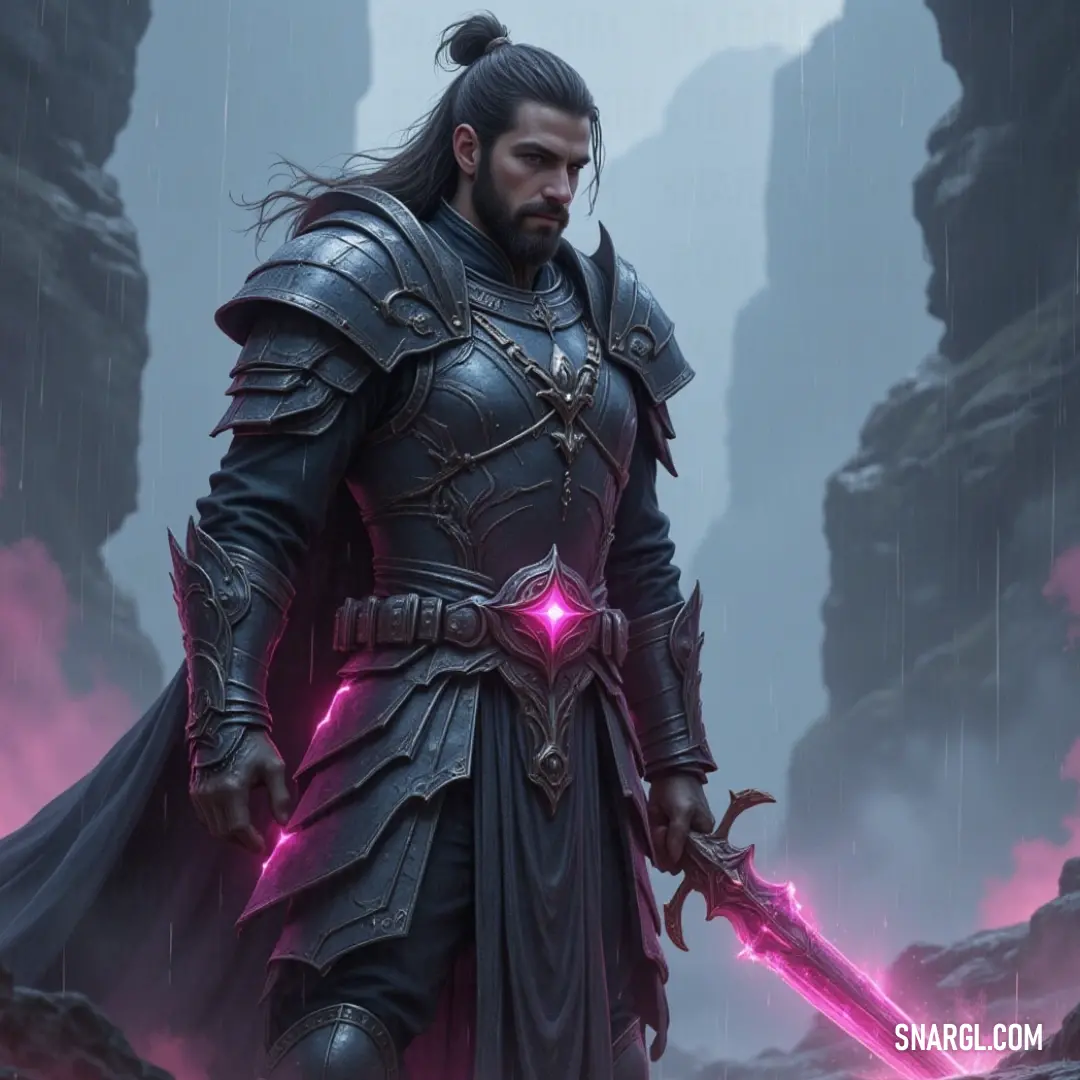
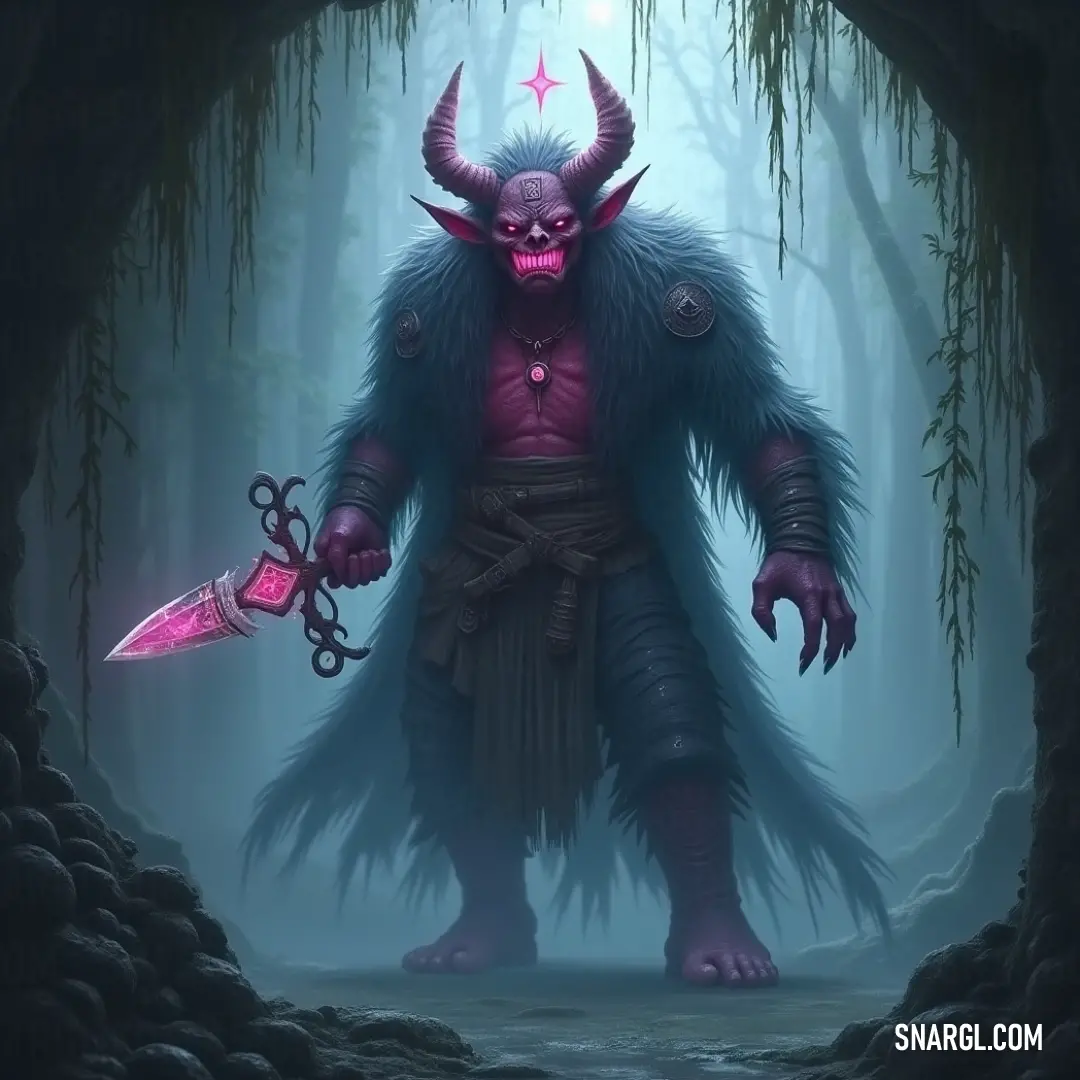
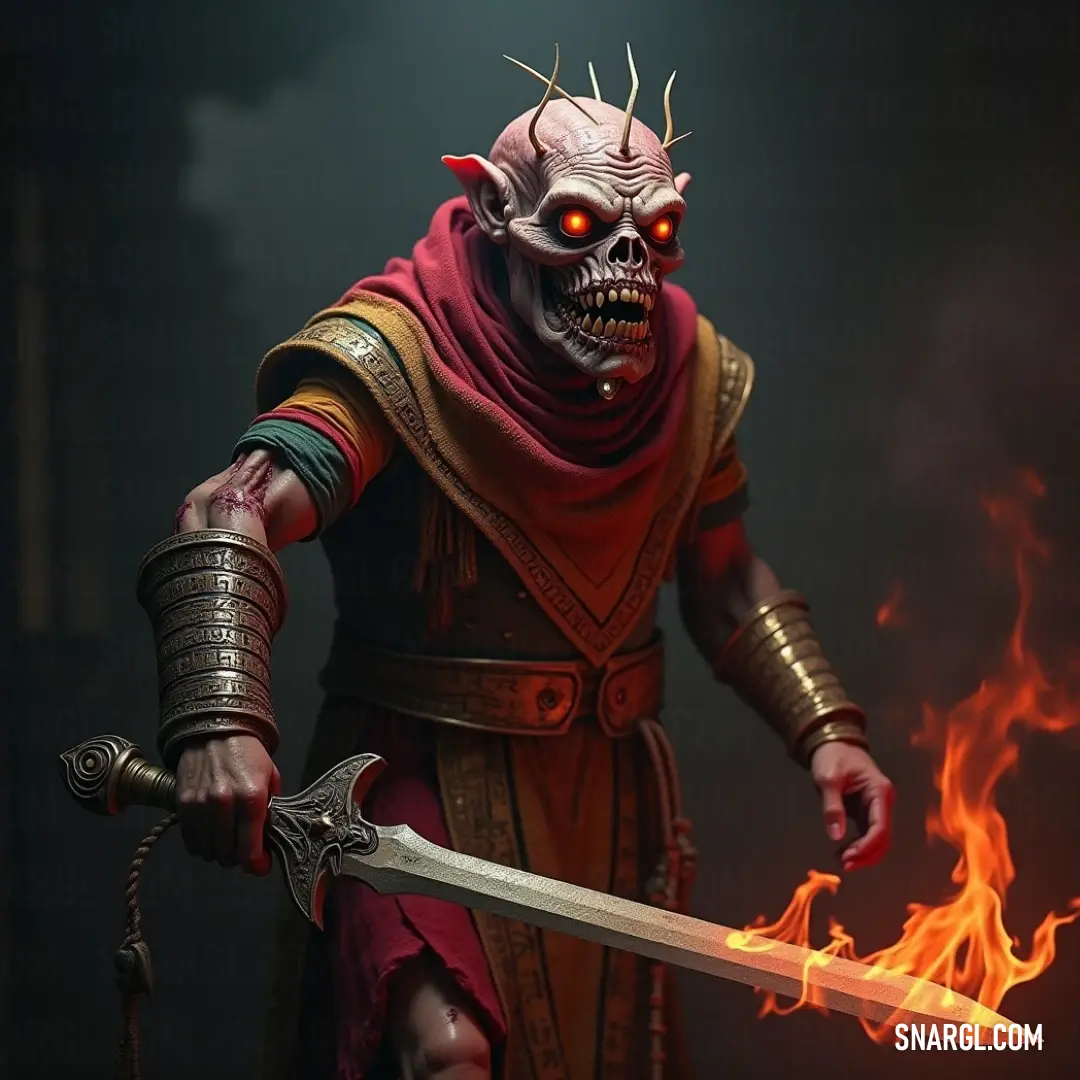
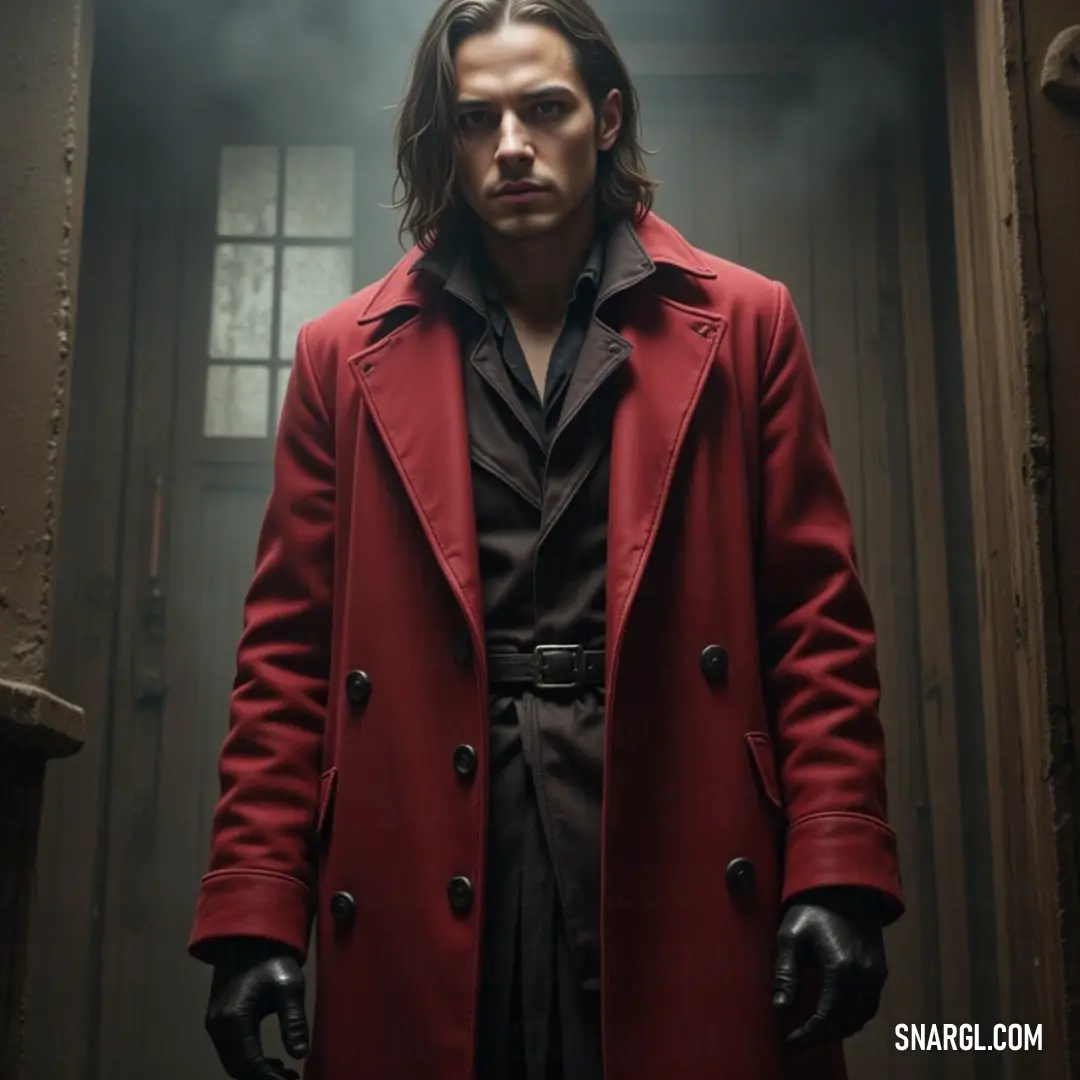

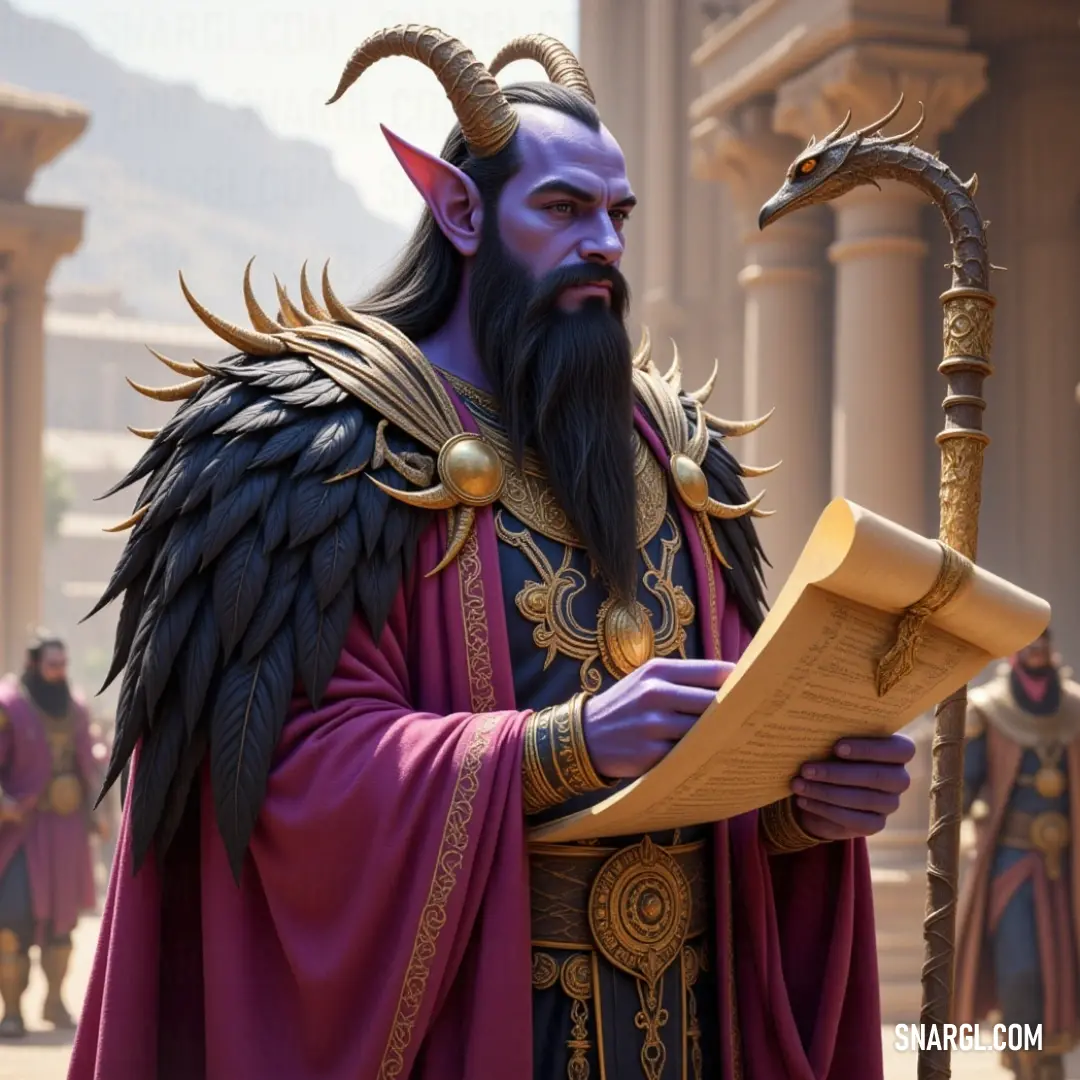
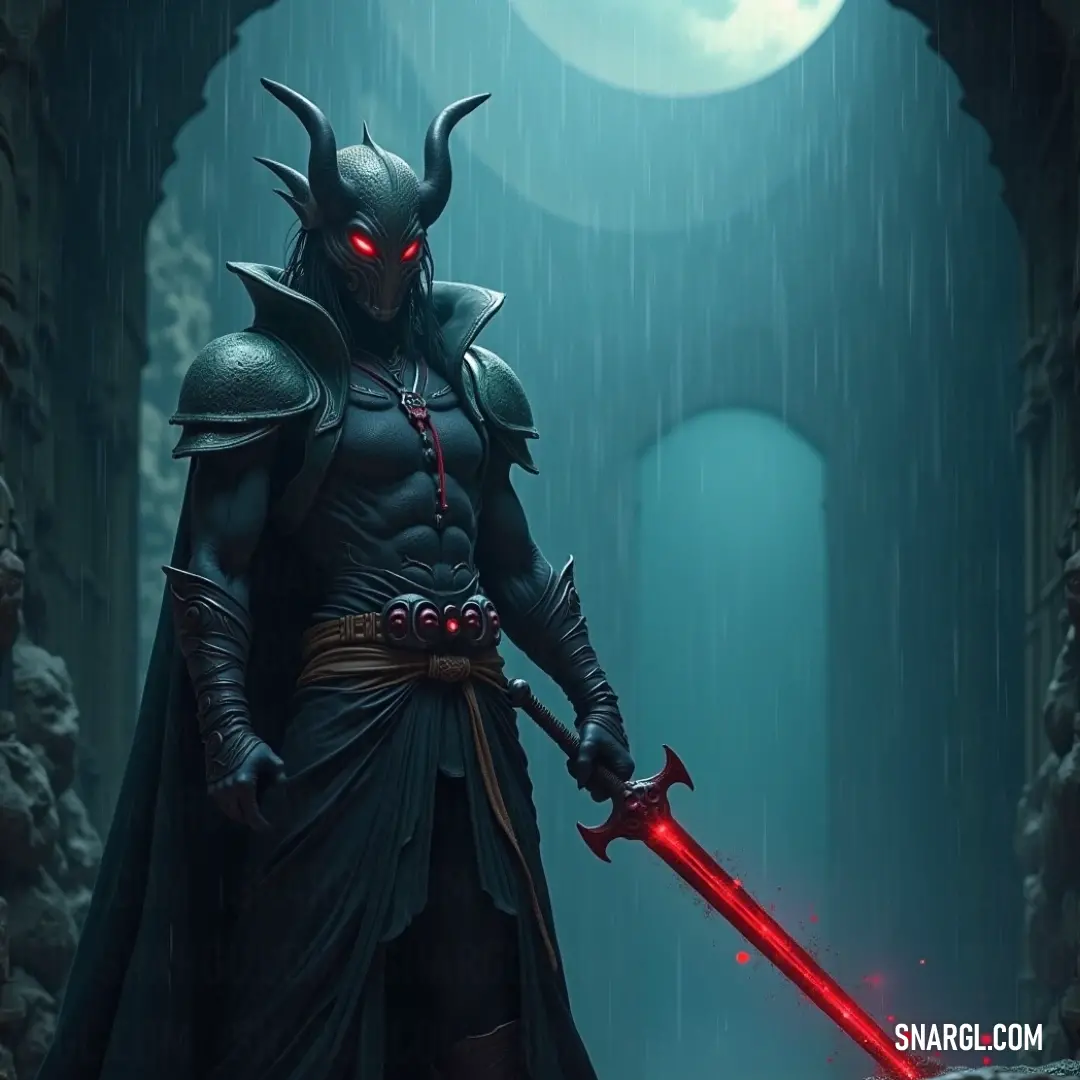
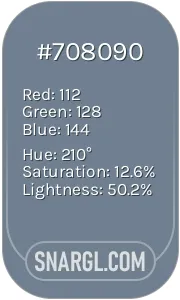 Slate gray
Slate gray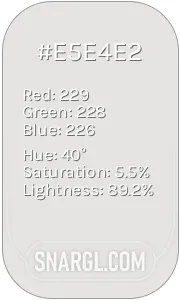 Platinum
Platinum


























